1. COMMUNICATION In thanks for 10 years of Francis by Paul Schratz “Who among us is not affected by a Pope who says, “I dream of an ecclesial communication that knows how to let itself be guided by the Holy Spirit, gentle and at the same time prophetic … a form of communication founded on humility in listening and parrhesia in speaking, which never separates truth from charity.” ” Franciscan Voice Canada tries to do just that! 2. SHARE LENT CREATE HOPE - STAND FOR THE LAND Ismael Moreno Coto, S.J., popularly known as Padre Melo with environmental activist Berta Cáceres, a land defender, who was murdered in 2016. Learn More... For the inspiring story of this brave man, Padre Melo: Learn More... Berta Cáceres, a brave Lenca indigenous woman and winner of the 2015 Goldman prize for environmental defenders, was shot dead two days before her 45th birthday by hired hitmen on 2 March 2016 after years of threats linked to her fearless work to defend the Gualcarque River, its surrounding environment and people and her & their opposition to the 22-megawatt Agua Zarca dam. The Guardian... In Canada the Wet’suwet’en also want to protect the Wedzin Kwa (Morice River) and face legal and RCMP enforcement of injunctions sought by Coastal Gas Link whose project goes against the United Nations Declaration on the Rights of Indigenous Peoples — something both the province and federal governments support — by violating the community’s ability to provide free, prior and informed consent. Read Andrew's complete April Blog OK Lent is over but on the Laudato Si’ Movement Lent 2023 Calendar. Week 3, March 7: “Every purchase is a moral act” (Pope Francis) Make My Money Matter Presents ... No Nasty Surprises Make My Money Matter presents ... the world's first Net Zero Pension Summit On 1st June 2021, Make My Money Matter hosted the world's first Net Zero Pension Summit. See the video (1 hr 50 min) Co-hosted by Briton Richard Curtis and Canadian Mark Carney) featuring senior leaders from the financial world – the summit discussed how the $50 trillion invested by pension funds globally can help tackle the climate emergency. 4. POPE’S 10TH ANNIVERSARYFriar Daniel Rodríguez Blanco, OFM tanks Pope Francis for 10 things:
5. POPE FRANCIS ON WOMEN What he has done, what he has not done, will not do Women's way: Pope opens path for more women at Vatican, in church In his 10 years as pontiff, Pope Francis Pope Francis has sought to include more women in the work and governance of Vatican commissions and Roman Curia offices. Today there are 1,165 women working at the Vatican compared to 846 in 2013, making up 23.4% of the total workforce, according to Vatican News March 8 [International Women’s Day]. When it comes to roles in the Roman Curia, more than one in four employees is now a woman. Personally, I, Andrew, am in favour of women’s ordination. As a layman, this applies to me: Canon 212 §3. Read Andrew's complete April Blog 6. ECUMENISM SEASON OF CREATION 2023 1 September- 4 October LET JUSTICE AND PEACE FLOW “Let justice roll on like a river, righteousness like a never-failing stream.” Amos 5:24 The cry of creation on the loss of biodiversity #SeasonofCreation 2023 ecumenical theme launch video (6 min 9 secs)
Start thinking and planning now! What can you and your fraternity and/or parish do? Too hard? See Andrew's April Blog
1. LENT Fasting Isaiah 58:6-7 “Is this not, rather, the fast that I choose: releasing those bound unjustly, untying the thongs of the yoke; Setting free the oppressed, breaking off every yoke? Is it not sharing your bread with the hungry, bringing the afflicted and the homeless into your house; Clothing the naked when you see them, and not turning your back on your own flesh?” Two suggestions on how to live Lent day by day. Both are very worthwhile: 1. See the Caritas Canada/Development & Peace Share Lent Calendar: https://www.devp.org/wp-content/uploads/2023/02/2023_Calendar_Lent_EN2.pdf 2. See the Laudato Si’ Movement Lent 2023 Calendar: https://drive.google.com/file/d/16TxTW9oCnykqgdjP0kB6ogRxmpWOsljU/view Two Ways of the Cross for Lent 2023 1. Caritas Canada/ Development & Peace https://www.devp.org/wp-content/uploads/2023/02/2023_Way_of_the_Cross_EN.pdf Each station has a Scripture passage, a Meditation, a Quote and a prayer. 2. Laudato si’ Movementhttps://laudatosilent.org scroll down to Way of the Cross This one is much shorter. Each station just has a prayer, each one is right on! ....Read more at Andrew's Blog 2. A GREAT RESOURCE LAUDATO SI’ MOVEMENT PRAYER BOOK https://mail.laudatosimovement.org/landing/prayerbook 3. TOMÁS INSUA to step down as executive director of Laudato si’ Movement
4. UKRAINE сла́ва Украї́ні! (sláva Ukrajíni!) Glory to Ukraine! Pope Francis greets a group of Ukrainian children at the end of his weekly general audience Feb. 22, 2023, in the Vatican audience hall. During the audience, the pope noted that the anniversary of Russia's invasion of Ukraine is Feb. 24 and prayed for an end to the war. (CNS photo/Vatican Media) ....Read more at Andrew's Blog Barb Dowding, the special assistant to Archbishop Miller was part of an 18-person synod writing team of individuals appointed by the Canadian and U.S. bishops conferences to work on a “continental synthesis” of the Church in North America, capturing the “resonances, tensions, and themes” taking place among Canadian and American Catholics... ....Read more at Andrew's Blog Pax et bonum, Andrew Conradi, ofs
1. PRAYER I, who am neither a theolgian nor scientist, have just finished reading Ilia Delio’s The Hours of The Universe - Reflections on God, Science, and the Human Journey and listening to podcasts on Mystical Prayer by Nina Hirlaender. I immediately recalled Ilia Delio’s Franciscan Prayer in which on p24 she mentioned Bonaventure’s 13 steps to descend into ourselves. ... read more Nina’s podcasts are very interesting, personal and informative and I highly recommend them. George and I thought it worth promoting them and we have included her link to the podcasts called Holy Rebels. The title reflects the rebellious spiritedness of the saints and those who dare venture into a direct relationship with the Mystery of God. Here is the link to her podcast. 2. SHARE LENT 2023
3. SURVIVAL OF THE RICHEST: HOW WE MUST TAX THE SUPER-RICH NOW TO FIGHT INEQUALITY We are living through an unprecedented moment of multiple crises. Tens of millions more people are facing hunger. Hundreds of millions more face impossible rises in the cost of basic goods or heating their homes. Climate breakdown is crippling economies and seeing droughts, cyclones and floods force people from their homes. ... read more 4. “WONDER AND AWE: HOW ECO-SPIRITUALITY CAN INSPIRE US IN 2023” This engaging conversation with Dr. Erin Lothes, author of Inspired Sustainability: Planting Seeds for Action and Senior Manager of the Laudato Si’ Animators program, explores how: -A sense of wonder and awe can support your concrete commitments to integral ecology -Ecospirituality connects you and your Catholic faith with the environment -Engaging your head, heart, and hands will make you a better practitioner of environmental sustainability -To prayerfully discern your own personal Laudato Si´Action Platform goals for the upcoming year. OTHER TOPICs FROM Andrew's Blog:
5. UKRAINIAN MAJOR ARCHBISHOP SHEVCHUK The head of the Ukrainian Catholic Church, Major Archbishop Sviatoslav Shevchuk of Kyiv-Halych, has warned against moves by President Volodymyr Zelenskyy's government to outlaw Orthodox communities linked to Moscow, and urged his countrymen to "give Russians a chance to repent." 6. RESIDENTIAL SCHOOLS - A Different Perspective Reviewers of the book praised author Terry Glavin for giving voice to 35 former students, most of whom attended the school in the 1940s and ’50s, and for presenting a comprehensive, balanced, and revealing portrait of an Indian residential school, a portrait that was neither entirely negative nor entirely positive. 7. SYNOD - Catholic Church must welcome all as equals to be truly 'synodal' Sexual and spiritual abuse and the need for reform in the Church: the episcopate in Italy “stubbornly continues not really to want to investigate the real extent of the abuses”. DOWNLOAD ANDREW'S FEBRUARY BLOG
1. The Incarnation As Franciscans the Incarnation is of special importance to us and the first nativity crèche was staged by St Francis of Assisi in 1223. Pope Francis Christmas Homily : “In order to rediscover the meaning of Christmas, we need to look to the manger. Yet why is the manger so important? Because it is the sign, and not by chance, of Christ’s coming into this world. It is how he announces his coming... Read More at Andrew's January Blog 2. Pope Emeritus Benedict XVI, RIP Pope Emeritus Benedict XVI, aged 95. Vatican Media (V Opinions vary on all Popes. None are perfect. For me his good points were that he was the first green pope and wrote two great encyclicals. His bad point for me was he allowed his partial criticism of liberation theology to become seen as total opposition to it. I will consider Benedict XVI in three ways (1) as the first green pope; (2) on theologians and liberation theology and (3) his encyclicals Deus Caritas est /God is love (2005) and Caritas in Veritate /Charity in truth (2009) which inspired me.... Read More at Andrew's January Blog 3. Talking about truth (& reconciliation), did you know how Canada swindled the Métis out of land? "No reconciliation is possible if the history of Métis lands and scrip is not known." Nathalie Kermoal
As a high school teacher in the 1970’s I taught about the Red River Rebellion 1869-70, the North West Rebellion 1885 and Riel’s execution and the effect on English-French relations in Canada. Some criticised me for my pro Métis approach as I did not consider Riel a traitor. I did not then know about the scrip issue. I recently learned about it from the CBC... Read More at Andrew's January Blog
1. CHANGES AT CARITAS INTERNATIONALIS Following allegations of bullying and mistreatment of employees, Pope Francis on Tuesday (22 Nov 2022) in a decree, removed the entire leadership of the Roman Catholic Church's international charity & social justice wing and appointed a temporary Extraordinary Commissioner, Italian engineer and management consultant Dr Pier Francesco Pinelli, to run it. During his six-month mandate the Extraordinary Commissioner is entrusted with re-launching the organization. ...Read more 2. SYNODALITY FOOD FOR THOUGHT & QUESTIONS US Bishops elect anti-Francis archbishop as new president & elect Coakley, a Viganò supporter, as No. 3 official https://www.ncronline.org/feature-series/usccb-fall-assembly-2022/stories How will this affect the North American Continental Synod Report to Rome? Will Canadian Bishops be able to stand up to US Bishops or will they be out-numbered & bull dozed? [196 U.S. vs 72 Canadian (arch)dioceses] What will the Mexican input reflect and where will they stand? ...Read more Also read about: 4. CATHOLIC SOCIAL TEACHING IN UKRAINE
1. Why do I write about the history of Ukraine? Because we pray: “O Master, grant that I may ever seek not so much to be understood, as to understand.” The religious cultural underpinnings can be seen to be active on both sides. Below is Prof Fr John McGuckin’s understanding. (Emphasis is Andrew’s.) I virtually attended in a lecture at the Centre for Studies in Religion and Society at the University of Victoria, 22 Sept 2022 by John McGuckin, a Romanian Orthodox priest and Nielsen Emeritus Professor of Byzantine Christianity at Columbia University and Union Theological Seminary, and currently on the Faculty of Theology in the University of Oxford. The recent Russian aggression in Ukraine is a resurgence of a pattern of often fatal dominance that has been played out in relations between Ukraine and Russia over past centuries. In recent times, Kirill, the Orthodox Patriarch of Moscow, has even called the aggression a “fight for religious values”: a statement which, along with his overall wholehearted support of Vladimir Putin’s irredentist views of Ukraine’s role within a resurgent Russian empire, has earned him much criticism outside Russia. The talk asked how this situation came about before moving on to focus on the role of religious ideas particular to Russian Orthodoxy, which might have fomented unhealthy views about the value and meaning of unity, and obedience in politics and religion. He said: “My topic today is to reflect on the role of Eastern Orthodox ideas and culture in the affairs beginning with the recent incursions into Ukrainian sovereignty after 2014 and culminating in the Russian invasion of Ukraine beginning in February 2022, and still continuing as we meet today in September; for it is clear enough that aspects of religious philosophy and culture are involved here, but in a complicated way. He did not address the desire of Russia for a deep water all-year harbour such as offered by Crimea, or the unfulfilled (and perhaps unfulfillable) promises of NATO states to consider Ukrainian membership which raised the potential of having oppositional nuclear capacity on the borders of mainland Russia. Nor even the centuries of imperial presumption that have characterized Russian attitudes to the Ukraine from the time of Catherine the Great to the Orange Revolution [2004] that ousted Viktor Yanukovych. Prof McGuckin focused on the extent that Russian Orthodox cultural and religious ideas play in this relation between Kiev and Moscow. The religious cultural underpinnings can be seen active both from the Ukrainian and Russian sides. Was it not the case, for example, that Petro Poroshenko, the 5th Ukrainian [pro-Ukrainian but since accused of treason] president ran a campaign around three slogans: Armiya, Mova, Vera : that is the centrality of the army, the language, and the faith? This religious-cultural underpinning from the Russian side is extensive, deep-rooted (certainly in Vladimir Putin and the current Orthodox Patriarch of Moscow) and has been elaborated many times publicly, from the Slavophile movement of the 19th century through to current ideologues such as Alexander Dugin [whose daughter Darya was assassinated 20 Aug 2022]. One shorthand for it is the theory of Russkiy Mir - the greater “Russian world” that is bonded together by ties of history, culture and familial languages: which those Orthodox Christians who support it claim to be rooted in the Byzantine traditions of the Church’s governance: traditions which are alleged to be of equal validity to, but misunderstood by, the West. One of the elements involved in this crisis is the determination of many Orthodox Christians in Ukraine to distance themselves from the spiritual governance of the Russian Orthodox Patriarch in Moscow. This began a long time ago if we take into consideration the complex situation of the Ukrainian Greek Catholic Church – the seventeenth century in fact; but it is also true in relation purely to the Orthodox churches in Ukraine subject to Moscow: for it began in the early twentieth century and gained new momentum after Ukrainian independence from the Soviets. The contemporary flight from what is known as the ‘ecclesial jurisdiction’ of Moscow, was encouraged by President Poroshenko and has been eventually formalized recently by the senior Orthodox Patriarch Bartholomeos of Constantinople, whose awarding of the status of Autocephaly, or independent status, to the three forms of dissentient Ukrainian Orthodox Church1, was clearly a rebuke to the Moscow Patriarchate for being so subservient to Russian state ideology: a rebuke that has resulted in the Moscow synod breaking communion with Constantinople: one of the most serious ruptures in Orthodoxy for many decades. The claim by many Russian Orthodox, and most of Patriarch Kirill’s synod of bishops, that they have a continuing right to dominance over all the Ukrainian Orthodox church - which is one indication of the pervasiveness of the theory of the Russkiy Mir - can also be seen to be widely contested among most other Orthodox churches; not least from the rapid condemnation of the Russian invasion by so many other Orthodox hierarchs. This was led by the Patriarch of Constantinople followed by a widespread call among world Orthodox leaders for the violence between fellow Orthodox nations to be brought to a speedy end. There were some notable silences: as for example the large Serbian orthodox Church. Patriarch Kirill and his spokesmen have frequently blamed the conflict on so-called ‘malicious elements’ – a code word for Greek Catholics on the one hand whom they blame for fomenting the desire to hold the Moscow Patriarchate to account, and offensively designating them as Uniate – a charge that in current usage means politically chauvinistic and ecclesiastically schismatic. This hostile vocabulary has also now been passed on to the breakaway Orthodox churches: resulting in the specious charge that the Russian army is a force meant to liberate Ukraine from fascism. But the so-called ‘malicious elements’ are also meant to encompass the Western powers and it is Moscow’s view that their agent has been the Patriarch of Constantinople, affording independent liberty to the Ukrainian Orthodox as an attempt to politically de-stabilize Russian politics. The Constantinopolitan Patriarchate, however, has a long history of protective supervision of the diaspora Slavic churches which sought to escape the control of the Soviet governments, and indeed historically it took direct charge of the church of Kiev in the fifteenth and early seventeenth centuries before shortly afterwards transferring that responsibility by proxy to Moscow. Is it the case, then, that there are values at play here that the secular West never understood and cannot appreciate? Or is it a question of some deep-seated attitudes at play that need to be brought out into the light to see if their religious garb is genuine, or masquerade? One of the new terms we have accepted into common parlance these days, in the aftermath of the Russian invasion of Ukraine – for that’s what it was and no amount of fake news or what George Orwell called “double speak’ (in his famous study of Soviet propaganda in the novel 1984) can mask that fact – is the word “irredentism” {which] comes out of 19th century Italian politics and signifies the policy of advocating, and struggling for, the return to Italy of all Italian-speaking districts that were presently subject to other countries’ governments. Irredentism might explain the decision to send in the ‘Little Green Men’ to eastern Ukraine’s Russian-speaking provinces (Russian troops pretending that they weren’t there) or even the decisions to hold show-plebiscites [sham, fake, fraudulent, rigged, foregone concluded, illegal] to indicate how the local populations of the Crimea and the Donbas allegedly wanted to be liberated and more deeply united with Mother Russia. It is this notion of the Russkiy Mir (the concept of the greater Russian world of cultural and political confederation) that I would like to reflect on today; for it is here, I believe, that the confluence of church and state thinking in Russia overlap to some extent. Patriarch Kirill of Moscow actually called the February ‘invasion’ (and I pause for a moment here to unpack that little word ‘invasion’ which the Patriarch and President are too delicate to pronounce – to remind ourselves that in this case it means the bombing of hospitals [& schools] and civilian targets; the mutilation of men, women and children; the destruction of villages, churches and farms; the scattering of thousands into the wretchedness of exile; as well as widespread rape, torture and illegal assassination)…. why the Orthodox Patriarch of Moscow called that action: “a fight for religious values.” If one was to put these sentiments into an acid wash so as to reveal them a little more clearly beyond the surface fudge: I suspect it would be the resonant chime of President Putin who often has complained that the loss of the Soviet empire is the worst thing that has happened to Russia since the era of the Tsars, and something he wishes to reverse. Did Kirill, perhaps, dream wistfully of the time under the Soviets when so many other ancient and independent Orthodox churches were forcibly subjected to the Moscow Patriarchate’s domination as an arm of state control? The Moscow Patriarchate under the Soviets scandalously assented to, and co-operated in, the obliteration of ancient Church structures such as the Patriarchates of Bulgaria and Georgia, as well as the widespread suppression of religious freedoms - even those of itself. This is why, for most of the other world Orthodox, this latter vision is a nightmare of the subjugation of the church that was even worse than the five centuries it was imprisoned under Ottoman regulation. The Soviet care of the Eastern Orthodox churches under the nominal supervision of the Moscow Patriarchate was in actuality one of the most extensive and destructive persecutions Christianity has ever known, and world Orthodoxy today is still trying to recover from it. No one outside the Kremlin could ever imagine that world Orthodoxy would accept this situation once more. For the late Empire, Russkiy Mir was based on three principles: Orthodoxy, Russian language and shared culture. Patriarch Kirill cited it’s re-establishment as a great hope in one of his first speeches as the new Patriarch in May 2009, two years after Vladimir Putin had established the state-funded neo-nationalist Russkiy Mir foundation. Three months after the February invasion of Ukraine in 2022 the Patriarch again echoed Vladimir Putin (whom in 2008 he had called a ‘miracle of God’) by saying that Lenin’s ‘tragic dismemberment’ of Russia into different countries was a serious mistake that has repercussions even today.2 He seems to regard Russkiy Mir as a golden dream, comparable I think to the romantic fantasy of the world of Holy Rus that seized the nineteenth century idealists. Several Orthodox theologians, led in the main from the Greek side, but garnering 500 signatories of intellectuals, have recently issued a denunciation3 of Russkiy Mir as a heretical idea, fundamentalist and totalitarian in character. The name of Rus came from the Varangians [Vikings] who founded a state based on Kiev [Kyiv] which is immensely important as the symbolic birth of the people. It is, actually, the mother church of the Russians. This Varangian foundation of the state became a source of enduring speculation about the so-called ‘Russian soul’ and in the 19th century it was a key issue between the Slavophiles and the Pro-Westerners. In some ways that old trope still endures and represents a split in contemporary Russian society between the old and the young. [i.e. Russophile vs Europhile] Another cardinal moment in the history of the nation was the invitation by prince Vladimir of Kiev to Byzantine missionaries from Constantinople after his own baptism in 988, before he entered into political alliance by marrying Princess Anna, sister of the Byzantine emperors Basil II and Constantine VIII. He forced his people to throw their gods into the Dnieper and accept baptism. The Byzantine influence was profound in the court and the church, especially sustained by the monastics, but did not extend greatly to the village level except through the literate élite; The Mongol invasions of the 13th century inaugurated the destruction of Kiev and the dismantling of its political importance. It would enter a long period of decline and political domination by catholic Poland, and not regain free Orthodox ecclesial status again until after 1620, and the time Peter Mohyla was elected Metropolitan of Kiev in 1632. Meanwhile the Muscovite rulers grew in significance and eventually adopted the Byzantine title of the Tsars, or Caesars. By the end of the Tartar era, in 1480, the political and ecclesial centre of Russia had moved to Moscow. The general adoption of Orthodoxy, became a factor that strengthened a certain distrust of the West, especially after the third foundational ‘memory’ of national identity occurred which was consequent on the collapse of Byzantium before Ottoman Islamic power in 1453. Four years before this major political shake-up the Byzantine Emperor had agreed to a union of the Catholic and Orthodox churches at the council of Florence. The Moscow Metropolitan Isidore, who assented to this on behalf of Russia, was castigated on his return and the Russian Orthodox church declared that Constantinople had lapsed into heresy by accepting Papal supremacy and conforming to the decadent standards of the West. The doctrine of Moskva Tretiy Rim, Moscow the Third Rome, developed after this time. In short it meant that as Rome was once the undisputed head of Christendom, but lost that role because of its departures from strict tradition; Constantinople, also known as the New Rome, took its place as head, but now because of its infidelity that role as leader of Christendom had passed to Moscow. Moscow is the third Rome, so the legend begun by Philotheos of Pskov in 1510 went: there will be no fourth. This became an important plank in Moscow’s argument that it had assumed a certain supremacy in the Orthodox church. It was, of course, the undoubted leader in terms of [numbers of] adherents. After the 15th century Russia was the one great protector of the Orthodox faithful in the East, while the Patriarch of Constantinople was forced by the Ottoman Sultans to adopt the role of Ethnarch of all Christians in the Sultanate and to collect the taxes imposed on them through his Phanariot agents: a role that led to much resentment against him among the Orthodox. Even so, the Tsar of Moscow sought to consolidate the importance of his church by petitioning (some say buying) Patriarchal status for his national church; and this was granted by Patriarch Jeremias of Constantinople in 1589 who was in Russia seeking alms. But when the latter returned home with the funds he made it clear that such a new patriarchate would only rank fifth after all the others; particularly stressing that it was subordinate to his own jurisdiction. This, today, is still a tension that inflects world Orthodoxy, as Moscow sees itself, under Putin, as once more able to offer the whole world Orthodox leadership and protections (remember part of the justification for Russia entering the Syrian civil war). This tension led to the Moscow Synod’s decision on 15th October 2018, to cut ties of communion (basically excommunicate) the Patriarchate of Constantinople and all its faithful, because of the latter’s grant of autocephaly, or independence, to the Orthodox Church of Ukraine, in defiance of Moscow’s wishes. A last element of historical symbols we need to consider alongside our earlier three of [1] Kiev as the Mother church of the Rus, [2] the Muscovite Tsars as the centre of political dominion after Kiev’s occlusion by the Tartars and Poles, and the subsequent theory of [3] Moscow as the Third Rome. This is [4] the concept of Byzantine Symphonia which underlies the modern Russian Orthodox claim that its understanding of power and organisation, whether that of state or church, is fundamentally different to that of the West. That it alone has solid order and discipline at its core, whereas the West is decadent and individualistically disorganized. The idea was applied to the idealized relation of church and state and elaborated from the time of Justinian the Great in the 6th century Byzantine empire. Since the laws of Russia owed a lot to the re-ordering imposed on them according to Byzantine formularies4 the Justinianic Novellae (or ‘new laws’ which reflected Christian values) were very formative there in a way they have not been on western countries where Saxon folk laws retained greater precedence. Just as the Jews had one righteous King over all, and responsible for good political as well as religious order, for example David, so too the Christians had to have one kingdom of God on earth, one king and one church. The Pope’s complete disregard of this theory by his coronation of Charlemagne as alternative Holy Roman Emperor, on Christmas Day 800, struck the Byzantines as the first sign of a major heretical difference in terms of what God’s kingdom on earth was meant to be. The Western church, of course, after Augustine, had settled on a view of Two Cities – the earthly city driven by self-interest and greed, and the City of God which was the pure and eschatological heaven, not to be identified with anything on the earth (not even the church). The Byzantines saw this emphatic duality as a rejection of the close harmony (the symphonia) operative between earthly life and divine grace that was indivisibly present here and now. Simply put the Byzantine theory of Symphonia shies away from the stricter separation that western political theory likes to invoke between the sacred and the secular. Politically, the Western view of social order led to numerous independent princely states – the origin of the Western diversity of governance we now see. Byzantine ideas of the world order saw the single ruler who upheld the Orthodox faith, God’s chosen Emperor or Tsar, as the defender of the borders of Christendom against all faithless attackers – either from the East or the West. What the original text in Justinian stressed, however – and what the Byzantine carefully sustained in practical politics – is that the Ruler, the King or Basileus, was not so much elevated by birthright, but by divine choice. He also drew his right to rule as Autocrat, not from the will of the people but from his appointment by God, witnessed and supported by the church. The title Autokrat sounds chilling to us now but originally just meant ‘Monarch’. Two things that were not so often quoted by the later adherents of this doctrine of Symphonia, were that (a) the Autokrat lost his right to rule if he did not sustain evangelical standards of morality, and (b) that although the Byzantines afforded him the status and right as absolute ruler, a quick glance at the regnant years of various Emperors would quickly show that in real-world politics they had massive limitations to their dominion and frequently had very short reigns indeed. Where there was no suffrage, revolution has always served instead. But Symphonia is a religio-political doctrine that certainly underpinned the Russian attitude to the Emperor as having a divine right to rule; and it certainly ran on in a corrupted and fearful form, even into the claims of the Soviet leaders in totalitarian times for absolute obedience. Remove the caveats that such a dominion falls if the values it represents are not according to the spirit of the Gospel, and we can see here how such a view can decay into the worst forms of absolutist governance. There was a tendency towards understanding authority in such a radical and totalist sense in the Slavic Orthodox church traditions, however, because monasticism there (unlike its many iterations in the Byzantine world) tended to be very heavily regulated. In short it was militarized in its sense of fundamental obedience required from the monk. Such a radical expectation of complete obedience ran on through all the levels of Slavic church life, even up to the bishop. Since all bishops had to be monks before they were eligible for election we witnessed a profound trend among Slavic church leaders to be conformist and anxious to avoid independent judgement or action. This was put to good use by the Russian emperors who policed their ecclesiastical leaders closely and exercised profound scrutiny over the selection of all of them. It was a tendency only reinforced when the NKVD and its successors up to the KGB co-opted each and every Russian Orthodox hierarch, giving them rank, code names and a long list of expectations of how they should do their duty by the state. _________________________ 1 The Kievan Patriarchate, the Autonomous Ukrainian Orthodox church, and the Ukrainian Orthodox Church Moscow Patriarchate elements who wished to secede. 2 http://www.patriarchia.ru/db/text/5931598.html 3 https://publicorthodoxy.org/2022/03/13/a-declaration-on-the-russian-world-russkii-mir-teaching/ 4 In 1551 Ivan IV (The Terrible) presided in Moscow over a great council of Russian bishops, the Stoglav (Council of 100 Chapters), in which various issues of liturgy and discipline were settled and numerous Russian saints were canonized. 2. LAUDATO SI’ - THE 2022 FILM: |
| by Andrew Conradi, ofs JPIC & Laudato si' Animator |
| I acknowledge and thank the Lkwungen People for allowing me to live, pray, work, and play on their lands. I am deeply sorry for the injustices inflicted upon the First Nations, Inuit and Métis peoples in Turtle Island by the complicity of settlers and the Catholic Church in the colonialism inherent in the Indian Act and Residential Schools including racism, neglect, many forms of abuse & cultural genocide. I commit to work for truth, healing and reconciliation. |
Laudato Si’, 244
Give us hearts to listen for the good news of your promise
to renew the face of the Earth.
Enlighten us with the grace to follow the Way of Christ
as we learn to walk lightly upon this holy ground.
Fill us with the hope to quench the fires of injustice
with the light of your healing love
that sustains our common home.
In the name of the One who came
to proclaim good news to all creation, Jesus Christ,
Amen.
2. THE SEASON OF CREATION 2022 MAKES ME ASK
WHERE IS MY LOCAL LAUDATO SI’ ACTION PLAN?
Does your diocese or parish have a LS Action Plan? Mine do not. I, a LS Animator, am hoping that I can help to bring one about.
In supporting the LS Animators Program 1.5 hours once each week 24 Aug- 12 Oct 2022, Victoria, BC Bishop Gary Gordon said: “It would be a wonderful gift to our Diocese if every parish and school could have one or more people participating. He describes the program as “a marvelous way for leaders and interested individuals to grow in our faith, which fundamentally includes integral human development and care for God’s earth.” ” In fact I, Andrew, would say that the environment, especially when viewed as creation, is a basic core life issue. We need to see the moral implications of LS and how they are vital to a fully pro-life vision in the church.
The Laudato Si' Action Platform is in nine languages for Catholic institutions, communities and families as well as “all people of goodwill” to put into action the integral ecological vision of LS. It is sponsored by the Vatican and developed in partnership with many Catholic people and institutions. The platform includes a self-assessment, planning guides to help build an action plan, as well as space to share reflections and actions.
But such Canadian action plans are not easy to find. I looked on google under Canadian LS Action Plans and found none. Plans exist under different names but not named LS Action Plans! Here is a short one from Ottawa-Cornwall: https://en.archoc.ca/care-for-gods-creation. Three longer & more comprehensive US plans can be found here.
What are some topics that have been included and could serve as examples to those of us who advocate for our own diocese and parish to draft a LS Action Plan?
Here is a suggested Goal: "Our goal is not to amass information or to satisfy curiosity, but rather... to discover what each of us can do about it." (LS, 19) The members of the Catholic community of the Diocese of XXX want to plan and act in Eco Social Justice Creation Care Ministry in our parishes to implement the teachings and goals of Pope Francis in his encyclical LS. We also wish to join the forces of our parishes and schools to assist the Laudato Si’ Movement and Mouvement Laudato Si’ Movement, the Government of Canada, Province of XXX and City of XXX with a target of 100% renewable energy and 50% reduction of greenhouse gases by 2035. And to assist them in reaching their greenhouse gas or carbon reduction targets. These are among the most important local implementations of LS and the Seven Goals of the LS Action Platform.
A LS Action Plan could:
| 1. Include a summary of CST and LS. 2. Celebrate liturgies with homilies and Prayers of the faithful that frequently reflect LS themes especially for Earth Day, D&P Share Lent & Fall Campaign, LS Week and Season of Creation. 3. Include and formally incorporate CST especially LS in all catechist training. 4. Establish Eco Social Justice/Creation Care Committees to conduct workshops on LS and CST. 5. Bulletins and mass announcements to publicise (Canadian) Mouvement LS Movement and (international) LS Movement’s courses and website. Same for Green Churches Network. 6. All churches should install solar panels and consider small wind turbines as well as plug-in stations for recharging electric vehicles. 7. Grass lawns should be wilded for bees and other animals. 8. Lawns could be replaced to grow crops and fruit trees for food banks. 9. Lower fossil fuel emissions and divest from fossil fuels. (Pope Francis, 19 June 2020) 10. Promote a diet with less meat and more organic fair trade food. 11. Do not use plastic plates/bowls & cutlery. Use only compostable/recyclable items. 12. Advocate, advocate, advocate! Space precludes more. |
3. A NEW CANADIAN BRANCH OF A VATICAN ORGANISATION
whose virtual launch is on 17 Sept (to participate click on cappcanada link below):
| https://www.cappcanada.ca It is part of this: |
What is the Practical Purpose of Catholic Social Teaching?
TO ACHIEVE THE COMMON GOOD
The common good is the sum total of social conditions which allow people to reach their fulfillment.
It is the result of applying the three principles [of CST] to governments and economic systems.
[Woops! Methinks they left out the church itself. Surprise, surprise!]
4. SPEAKING BOLDLY
Following is one way that needs to be taken seriously by the church:
Put our money where our mouth is!
We believe that churches need to divest from fossil fuel companies and invest in climate solutions if they are to retain their integrity in the face of the climate crisis.
See what is being done in other parts of the world: Check here.
Fr Joshtrom Isaac Kureethadam, Coordinator of the Ecology Sector in the Vatican Dicastery for Integral Human Development, which assists Pope Francis’ work on the environment, said: ‘In 2020, the Vatican called on Catholic institutions to divest from fossil fuel companies given their harm to the environment. I applaud these prophetic institutions divesting today and encourage every institution in the world to reduce our dependence on such harmful energy sources by divesting from fossil fuels. This is how prophetic institutions can live out our values and help the most vulnerable among us. If we want to achieve peace, and ensure a liveable planet for all, including the future generations, we need to end our dependence on fossil fuels that fuel the current climate crisis.’
[As reported here : Nolan said the Scottish bishops decided to join the multitrillion-dollar worldwide divestment movement because "speaking out is not enough, action is required." Although some people argue that fossil fuel companies are necessary in the transition to renewable energy, he said, the act of divesting sends a signal "that the status quo is not acceptable." and here: “Given the harm that the production and consumption of fossil fuels is causing to the environment and to populations in low income countries, it was not right to profit from investment in these companies.”]
Included were two Catholic dioceses (the Irish Archdiocese of Armagh and the English Diocese of Leeds); & 11 Catholic religious orders;
The Archbishop of Glasgow, Monsignor William Nolan, said that in the near future "it will be a disgrace to any Catholic institution that has not divested." If "where your treasure is, there will your heart be" (Mt 6:21), ask yourself: where is your heart today? 🤍
“Humanity is called to recognize the need for changes of lifestyle, production and consumption, in order to combat this warming or at least the human causes which produce or aggravate it” (LS 23).
The Financial Times : Corinne Le Quéré: ‘Could we just adapt to climate change? The answer is no.’ The Canadian-born climate scientist stays cool as politicians fail to act, saying we have the solutions we need — we just have to use them.
The Guardian : “António Guterres [UN Secretary General] told ministers from 40 countries meeting to discuss the climate crisis on Monday [18 July 2022]: “Half of humanity is in the danger zone, from floods, droughts, extreme storms and wildfires. No nation is immune. Yet we continue to feed our fossil fuel addiction. We have a choice. Collective action or collective suicide. It is in our hands.”
5. WHAT YOU SHOULD KNOW AND CAN DO
Big banks like RBC are getting away with investing billions into the climate-killing fossil fuel industry, bankrolling massive projects like Coastal GasLink and TMX. [1-3] So far, they’ve faced no consequences from banking regulators — but we have a rare opportunity to change that.
WHAT YOU CAN DO
Right now the banks regulator — the Office of the Superintendent of Financial Institutions (OFSI) — is considering tightening up the rules on whether banks should be allowed to invest in the dirty oil and gas industry. And they want to hear from the public (that’s us!) about what they should do. [4]
Bank regulators like OSFI might not be well known to the average person, but they play a big role in shaping the banking industry. If thousands of us flood their consultation, it would help push them to create real and stringent regulations to force banks to divest from fossil fuels. Will you submit a message to OSFI's public consultation now?
Organic, pasture-fed beef and lamb! 28% of the world’s land is used for grazing.
Analysis: You may be amazed by that answer, but the area of land used for grazing is vast compared with the meat and milk produced.
Perhaps the most important of all environmental issues is land use. Every hectare of land we use for extractive industries is a hectare that can’t support crucial ecosystems. Farming swallows far more land than any other human activity. Arable crops, some of which are fed to farm animals, occupy 12% of the planet’s land surface. But far more land (28%) is used for grazing: in other words, for pasture-fed meat and milk. Yet, across this vast area, farm animals that are entirely pasture-fed produce just 1% of the world’s protein.
Agricultural sprawl inflicts a very high ecological opportunity cost: the missing ecosystems that would otherwise exist. This is matched by the carbon opportunity cost of pasture-fed beef and lamb.
Meat production has two kinds of global heating impact: its climate current account, which means the gases released by farming animals; and its climate capital account, which means the carbon dioxide the land could absorb if it were rewilded.
The livestock industry has fought back with a massive public relations campaign, seeking to persuade people that pasture-fed meat helps reduce global heating by storing carbon in the soil. Yet, despite the many claims, there is no empirical evidence that carbon storage in pastures can even compensate for grazing’s current account emissions, let alone address the capital debt. Just as the oil industry tried to convince us that CO2 was good for the planet on the grounds that it’s “plant food”, the ranching industry has sought to sow doubt and confusion about its vast environmental impacts.
We live in a bubble of delusion about where our food comes from and how it is produced. We’ve been dealing in stories when we should be dealing in numbers. Our gastroporn aesthetics, embedded in bucolic fantasy, are among the greatest threats to life on Earth.
George Monbiot’s book Regenesis: Feeding the World Without Devouring the Planet, is published by Penguin. (See our September edition of the Common Good newsletter)
A few years later, in 1861, the well-known Irish scientist John Tyndall also measured the heat absorption of carbon dioxide and also recognized the possible effects on the climate, saying “every variation” of water vapour or carbon dioxide “must produce a change of climate.” He also noted the contribution other hydrocarbon gases, such as methane, could make to climate change, writing that “an almost inappreciable addition” of gases like methane would have “great effects on climate.”
The first person to use the term “greenhouse gases” was a Swedish scientist named Svante Arrhenius in 1896. In a paper published that year, he made an early calculation of how much warmer the Earth was thanks to the energy-trapping nature of some of the gases in the atmosphere. Even at this early stage, he understood that humans had the potential to play a significant role in changing the concentration of at least one of those gases, carbon dioxide (carbonic acid back then):
The world’s present production of coal reaches in round numbers 500 millions of tons per annum, or 1 ton per km of earth’s surface. Transformed into carbonic acid, this quantity would correspond to about a thousandth part of the carbonic acid in the atmosphere.
Though he didn’t explicitly say in that paper that human activity could warm the planet, Arrhenius would go on to make that argument in later works. A 2008 tribute to Arrhenius published by the Royal Swedish Academy of Engineering Sciences stated that his ideas about coal and climate were popular and well known in his day but fell out of favour for a while after his death in 1927.
While Arrhenius’ prediction [of warming] received great public interest, this typically waned in time but was revived as an important global mechanism by the great atmospheric physicist Carl Gustaf Rossby who initiated atmospheric CO2 measurements in Sweden in the 1950s.
And 110 years ago, climate change was in the news. Are we finally ready to listen?
| The Keeling Curve is a graph of the accumulation of carbon dioxide in the Earth's atmosphere based on continuous measurements taken at the Mauna Loa Observatory on the island of Hawaii from 1958 to the present day. The curve is named for the scientist Charles David Keeling, who started the monitoring program and supervised it until his death in 2005. It has gone from about 315 ppm in 1958 to 420 ppm at present (2022). Countless scientists, climate experts, and governments officials agree that 350 ppm is the “safe” level of carbon dioxide. |
8. POILIEVRE
....READ MORE
No less than the United Nations secretary-general agrees with that analysis. “We are seeing excessive scandalous profits of the oil and gas industry in a moment in which all of us are losing money,” António Guterres said during an August press conference. “I urge people everywhere to send a clear message to the fossil fuel industry and their financiers that this grotesque greed is punishing the poorest and most vulnerable people, while destroying our only common home, the planet.”
9. HOPE
| Source: Ignatiansolidarity.net [Andrew’s not quite literal translation: God, give us courage to not label as prudence that which is cowardice, conformism and comfort.] Father Lluis Espinal i Camps, SJ (to give him his Catalan name) and "Lucho" (his nickname) (1932-1980) murdered in Bolivia for defending human rights and criticising corruption & injustice (just two days before St Oscar Romero, the Salvadoran archbishop, was shot dead). |
11. POPE’S VISIT
The Holy Father’s sincerity and authenticity are beyond question. The reaction varied from great happiness and acceptance through wishing for a bit more to indifference and hostility. All to be expected given the circumstances. I have to say that I believe the Holy Father was not as well briefed as he could have been. I am sure the Canadian bishops mentioned topics to be briefed which do not seem to have been passed on at a higher level. Examples: (1) he could/should have mentioned sexual abuse right away (not just physical abuse) rather than wait til later in Quebec (2) to say during his return flight that he had not thought of using the word genocide beggars belief & (3) he was not sure what the Doctrine Discovery/ Terra Nullius fuss was about! Incidentally, the CCCB refuted both in a statement dated 19 March 2016 here: Statement. Here is an excerpt: “We reject the assertion that the principle of the first taker or discoverer, often described today by the terms Doctrine of Discovery and terra nullius, could be applied to lands already inhabited by Indigenous Peoples”.
| Having said that, the Holy Father listened, he came, he apologised and for that we are most grateful! Now the real work of reconciliation by Canadians must continue. Sarain Fox, who is an artist and activist from the Batchewana First Nation, was one of the people who took part in a brief silent protest before mass. She felt it was important to urge Pope Francis to rescind the Doctrine of Discovery. (Jennifer Yoon/CBC) |
12. UKRAINE
LET THERE BE NO DOUBT!
An excerpt
SOUNDS POLITICAL TO ME!
IN SPITE OF SOME MIXED MESSAGES, I THANK GOD FOR THAT
AND MAY GOD BLESS THE HOLY FATHER
AND BRING JUSTICE TO UKRAINE!
THE QUEEN IS DEAD. LONG LIVE THE KING!
For me this is personal. I was born a British Subject and as a 12 year old was in the cheering crowd as Her Majesty passed by Hyde Park in her Coronation procession.
I pledged my allegiance to Her Majesty and her heirs & successors three times;
twice as a soldier, British and Canadian, then as a Canadian citizen.
I was rewarded with four medals including both the Golden and Diamond Jubilee Medals (Golden for military and Diamond for civilian service) and
I thank God for the opportunity to serve my Queen and Country.
as long as I am able, as Elizabeth did and Pope Francis is.
Peace & joy, Andrew, ofs
| I acknowledge and thank the Lkwungen People for allowing me to live, pray, work, and play on their lands. I am deeply sorry for the injustices inflicted upon the First Nations, Inuit and Métis peoples in Turtle Island by the complicity of settlers and the Catholic Church in the colonialism inherent in the Indian Act and Residential Schools including racism, neglect, many forms of abuse & cultural genocide. I commit to work for truth, healing and reconciliation. |
Is the world facing a hunger crisis?
As a member of the Canadian Foodgrains Bank, Development and Peace — Caritas Canada is participating in the $5 million matching fund launched until July 17 by the Government of Canada and the Humanitarian Coalition in response to this hunger crisis in sub-Saharan Africa due to climate crisis and war in Ukraine.
"We produce enough food for all people, but many go without … it is everyone’s duty to eliminate this injustice… "— Pope Francis, 2021
Are we pro-life? Please help!
21 June 2022
| Google Canada honours the life and legacy of Northwestern Ontario Indigenous artist Norval Morrisseau. Conceived and illustrated by a Winnipeg couple, Blake Angeconeb and Danielle Morrison, who are originally from Lac Seul First Nation (300 km NW of Thunder Bay, Ontario) and Anishinaabeg of Naongashiing (near Morson, Ontario) respectively. |
another meaningful step in the long journey of
healing, reconciliation and hope"
"We know that the Holy Father was deeply moved by his encounter with Indigenous Peoples in Rome earlier this year, and that he hopes to build on the important dialogue that took place," Archbishop Richard Smith, an organizer of the Pope's visit to Canada, said in a statement. "We pray this pilgrimage will serve as another meaningful step in the long journey of healing, reconciliation and hope," Smith said.
| The Season of Creation (1 September -4 October) is a time to renew our relationship with our Creator and all creation through celebration, conversion, commitment, advocacy and action. |
Come, now! I will send you…I will be with you” (Ex 3: 1-12)
Inspired by Moses we must go to today’s Pharaohs and demand justice and care of creation and serve God. We must amplify the voices of those marginalised who are silenced, muted or ignored. We are called to respond to the cry of the poor and cry of the earth for they are one; everything is connected. God was with Moses and we believe God will be with us.
The Season “Celebration” begins on 1 September, the World Day of Prayer for the Care of Creation, and ends on 4 October, the Feast of St. Francis of Assisi, the patron saint of ecology beloved by many Christian denominations. This year we will unite around the theme, “Listen to the Voice of Creation.”
The Psalmist declares, “The heavens are telling the glory of God; and the firmament proclaims God’s handiwork. Day to day pours forth speech, and night to night declares knowledge...their voice is not heard; yet their voice goes out through all the Earth, and their words to the end of the world.” (19: 1-4)
During the Season of Creation, our common prayer and action can help us listen for the voices of those who are silenced. In prayer we lament the individuals, communities, species, and ecosystems who are lost, and those whose livelihoods are threatened by habitat loss and climate change. In prayer we centre the cry of the Earth and the cry of the poor. Communities of worship can amplify the voices of young people, Indigenous people, women and affected communities who are not heard in society. Through liturgies, public prayers, symbolic acts and advocacy, we can remember those who are displaced or have disappeared from public spaces and political processes.
Please, oh please, ask that your bishops and pastors listen to our cry that they strongly support the 2022 Season of Creation. Check out the Kick off video and The Celebration Guide linked previously above.
The Guide includes articles among others on the Theme; the Burning Bush Logo; Ideas on how to Celebrate SOC 2022 (including prayer services); a Season of Creation Prayer; Advocacy, e.g. participation in climate campaigns, etc.
This includes 52 Ways to Care for Creation.
Here is no 33:
33. Talk to your parish priest about mentioning the climate crisis during Mass
The most important thing all people can do is talk about the climate crisis. Do you hear your parish leader or priest talking about the climate crisis? If not, set up a meeting with your priest to talk about your worries and how the climate crisis is affecting sisters and brothers in your community.
The Vatican has launched the “Laudato Si Action Platform” , to support Catholic Institutions and families to move toward total sustainability in the spirit of integral ecology and Laudato Si’.
| Jesus would invite his disciples to recognise the paternal relationship God has with all his creatures. With moving tenderness the Son would remind them that each one of them is important in God’s eyes. The programme of Jesus is a heart which sees. - (Sr John Mary Sullivan, FSE) Give us hearts to listen for the good news of your promise to renew the face of the Earth. (Season of Creation 2022 Prayer) |
The Cardinal’s presentation begins at about the 30 minute mark of the video. Czerny traced the five decade evolution of the church’s new focus on synodality to the principles of VII and explained how heeding Pope Francis’ call to integral ecology can help create hope. Czerny characterized synodality in terms of “the verb of the Church―how it lives and moves” and a universal call. “If the world does not learn to walk synodally, it’s not going to do a good job solving the huge problems that we have.” Walking together is not, the cardinal said, “just a way of ‘being Church,’ it will also finally be a way of ‘being world,’ the world that God created for us all.”
Here are some excerpts from my notes:
“Signs of the times was probably the most memorable expression from Vatican II …
In Octogesima adveniens, [1971] an Apostolic letter Pope Paul VI wrote to Cardinal Maurice Roy, (of Québec) President of the Council of the Laity and of the Pontifical Commission Justice and Peace (which belong together) on the 80th Anniversary of the Encyclical Rerum Novarum:
“It is up to these Christian communities, with the help of the Holy Spirit, in communion with the bishops who hold responsibility and in dialogue with other Christian brethren and all men of goodwill, to discern the options and commitments which are called for in order to bring about the social, political and economic changes seen in many cases to be urgently needed.” (no 4)
“That is what D&P is about. To bring Christ incarnate into the world where He is needed. The Cardinal cited Gaudium et Spes #22: “For by His incarnation the Son of God has united Himself in some fashion with every man. He worked with human hands, He thought with a human mind, acted by human choice (23) and loved with a human heart. Born of the Virgin Mary, He has truly been made one of us, like us in all things except sin.(24)”. Although the Cardinal did not say this, Robert Swan, OBE did, and it is appropriate to include it at this point:
Five criteria for discerning the signs of the times and to new way of life of the church (new words to some of us: verb - synoding, noun – synodality, adjective synodally).
| 1. Faith discerning our way of life responding to challenges and people of God’s faith in seeing the signs of the times vs consumerism, individualism & exclusion which we need to resist. 2. Common good. Pope critiques the economy. Alternatively the Church teaches universal destination of goods and social mortgage on private property. Francis has re-expressed it from the point of view of the excluded. 3. Preferential option of the poor; which re-presents The disconcerting logic of the incarnation; Jesus took on our frailty and humility, so we make oneself poor so others may live [or live simply so others may simply live as Mahatma Gandhi said, and St Teresa of Calcutta, and others have repeated] 4. Realism of effective charity. Solidarity, service in accompaniment & encounter with the suffering (we cannot unravel the mystery of suffering). 5. Care for creation and our common home. Listen to the cry of the poor & cry of the earth; they are one. |
| And not just for the church but for the world. ‘But in this church, as in an inverted pyramid, the summit is located below the base. For those who exercise this authority are called “ministers” because, according to the original meaning of the word, they are the least of all. It is in serving the people of God that each Bishop becomes for that portion of the flock entrusted to him, vicarius Christi, (vicar of that Jesus who at the Last Supper stooped to wash the feet of the Apostles (cfr. Jn 13: 1-15 ). And in a similar manner, the Successor of Peter is none other than the servus servorum Dei (Servant of the servants of God)’. … | The inverted pyramid Imagine the one below upside down: |
Sr Jean Bellini, works with the Pastoral Land Commission of Brasil and quoted Gaudium et Spes, (which I have quoted from my Understanding JPIC, 2013 as ammended):
“3.2.11. Among the many contributions of Vatican II to the Church, one of the most important is its attitude towards the world, history and social issues. This orientation is described in the famous opening statement of Gaudium et Spes: “The joys and the hopes, the griefs and the anxieties of the men of this age, especially those who are poor or in any way afflicted, these are the joys and hopes, the griefs and anxieties of the followers of Christ.” (1965, n.1)”
|
- Our role in reconciliation
A final Orientation Assembly document synthesizing the consultations and discussions and elaborating on the orientations and priorities will be disseminated in the coming weeks.
Although the following prayer did not come from D&P but from Deacon Craig, ofs from the [US] Franciscan Action Network, it fits perfectly with synodality [and from Gospel to Life].
As Jesus sought the quiet of the desert,
teach us to pray.
As Jesus washed the feet of his disciples,
teach us to love.
As Jesus promised paradise to the thief on the cross,
teach us to hope.
As Jesus called Peter to walk to him across the water,
teach us to believe.
As the child Jesus sat among the elders in the temple,
teach us to seek answers.
As Jesus in the garden opened his mind and heart to God's will,
teach us to listen.
As Jesus reflected on the Law and the Prophets,
teach us to learn.
As Jesus used parables to reveal the mysteries of the Kingdom,
teach us to teach.
Amen
THE CHURCH’S BEST KEPT SECRET?
3.2.1. Prior to Vatican II, with some notable exceptions, spirituality was generally inward looking and other worldly, and so the great majority of Christians were not concerned with the social and political problems tied to questions of justice, peace and care for creation. They were concerned with living a holy life and practicing charity rather than confronting the root causes of poverty and injustice or the structures of sin (a term then not yet in use). [Structural injustices were referred to as “structures of sin” (Bl John Paul II, 1987, Sollicitudo rei socialis, e.g. nn. 16, 36, 37).]
3.2.2. OFS examples include Louis IX of France and Elizabeth of Hungary (both patrons of the OFS), Rose of Viterbo, Angela of Foligno, and Elzear and Delphine. Thomas More was an exception and in a class of his own, being concerned with freedom of conscience and justice but, understandably, not in a way we would characterize as modern concern for JPIC. He is the Patron Saint of Politicians and Public Servants. St Joan of Arc is also in a class of her own.
3.2.3. However, there were important exceptions to this inward looking which include, e.g. Franciscan friars such as Bartholomew the Englishman (1203-1272); Roger Bacon (1220-1294); Bernadino de Sahagún (1499-1590); and concern with the concept of Just Price and the Montes Pietas described below. Perhaps the actual beginning of modern Papal concern for social justice was Gregory XVI’s Apostolic Letter In Supremo Apostolatus, 1839, condemning the slave trade (although it was not the first to condemn slavery which was Paul III’s Sublimus Dei, 1537); followed by the Bishop of Mainz, Wilhelm von Ketteler, in The Worker-question and Christianity (1864), and Leo XIII’s Rerum novarum (1891) generally considered the first social doctrine encyclical.
3.2.4. Some later Canadian examples of outward looking are: The Farmers' Bank of Rustico, PEI, 1864; Church support for the Métis in the Red River Rebellion, 1869-70; the caisse populaire in Québec, 1900; Québec youth in the Ligue de Sacré-Coeur, 1910; the Antigonish Movement, 1913 and Peoples’ School, 1921; Canadian Catholic Confederation of Labour, 1921; Jeunesse Ouvrière Chrétienne, 1932; some forms of Catholic Action e.g. Friendship House, 1930 and Madonna House, 1954; Rosary Credit Union, 1940 in Vancouver; Institute for Social Action, St. Patrick's College, Ottawa, 1949; Joseph Charbonneau, Archbishop of Montréal who asked for support for the Asbestos strikers; the Coady International Institute, 1959; and the Interamerican Cooperative Institute, 1964 to name a few. [I could add many more e.g. Latin Americans Don Samuel Ruiz, St Oscar Romero, and Canadians Catherine Doherty, Bishop Remi De Roo and Canadian/Englishman Mgsr Bruce Kent (a Campaign for Nuclear Disarmament leader)]
…
The Term Social Justice
3.2.6. The term social justice was first used in 1840 by a Sicilian priest, Luigi Taparelli d’Azeglio, SJ. In his Theoretical Treatise on Natural Right Based on Fact, 1840-1843, he elaborated a natural law approach to politics that became a hallmark of Catholic Social Doctrine. Natural law theory holds that morality is a function of human nature and reason which can discover valid moral principles by looking at the nature of humanity in society. Taparelli supported revival of the philosophical school of St Thomas Aquinas, and his social thought influenced Pope Leo XIII. Pope Pius XI introduced the term into Catholic teaching in his encyclical, Studiorum Ducem (1923). He later made extensive use of it in two important social encyclicals: Quadragesimo Anno (1931) and Divini Redemptoris (1937). In the former the following paragraphs refer: nn 57, 58, 71, 74, 88, 101, 110, & 126. In the latter nn 32, 51 & 52.”
Now let’s consider some modern encouragement of Catholic Justice, Peace and Integrity of Creation. Then ask yourselves how often you hear about them from your bishop or pastor.
1. Among the many contributions of Vatican II to the Church, one of the most important is its attitude towards the world, history and social issues.
“Christians, in particular, realize that their responsibility within creation and their duty towards nature and the Creator Among the many contributions of Vatican II to the Church, one of the most important is its attitude towards the world, history and social issues. This orientation is described in the famous opening statement of Gaudium et Spes: “The joys and the hopes, the griefs and the anxieties of the men [people] of this age, especially those who are poor or in any way afflicted, these are the joys and hopes, the griefs and anxieties of the followers of Christ.” (1965, n.1)
2. Octogesima adveniens (1971); “It is up to these Christian communities, with the help of the Holy Spirit, in communion with the bishops who hold responsibility and in dialogue with other Christian brethren and all men of goodwill, to discern the options and commitments which are called for in order to bring about the social, political and economic changes seen in many cases to be urgently needed.” (n 4) and: “Man is suddenly becoming aware that by an ill-considered exploitation of nature he risks destroying it and becoming in his turn the victim of this degradation.” (n 21)
3. “...action on behalf of justice and the participation in the transformation of the world is a constitutive dimension of the preaching of the Gospel.” (Synod of Bishops, 1971, Justicia in mundo, n 6) and
“Unless the Christian message of love and justice shows its effectiveness through action in the cause of justice in the world, it will only with difficulty gain credibility with the people of our times.” (n 35)
4. “Christians, in particular, realize that their responsibility within creation and their duty towards nature and the Creator are an essential part of their faith.” (St John Paul II Peace Day Message, 1990, n 15) and then quoted/repeated by Francis:
5. “If the simple fact of being human moves people to care for the environment of which they are a part, Christians in their turn “realize that their responsibility within creation, and their duty towards nature and the Creator, are an essential part of their faith”.[36] It is good for humanity and the world at large when we believers better recognize the ecological commitments which stem from our convictions.” (2015, Laudato Si’, n 64)
6. “3.2.83. As the Bishops of Ontario (1998) stated:
“Our first concern is to remind all Roman Catholics of their duty to become informed, to vote and to be involved politically, at the very least in the sense of knowing the issues and the policies of the parties with regard to them. … Pope Pius XI spoke of "political charity" as one of the highest forms of the virtue of charity. In more recent times, the Church has told us that "a merely individualistic morality" will not suffice, and that Christians must "give an example by their sense of responsibility and their service of the common good." "Christians who take an active part in present day socio-economic development and fight for justice and charity should be convinced that they can make a great contribution to the prosperity of mankind and to the peace of the world". (The Church in the Modern World, No. 30, 75 and 72).” (emphasis added)” (UJPIC)
7. (From my UJPIC, 2013) “3.2.86. Finally let us remember this: “As far as the Church is concerned, the social message of the Gospel must not be considered a theory, but above all else a basis and a motivation for action.” (Bl John Paul II, 1991, Centesimus Annus, n. 57) and we have seen that the 1971 Synod of Bishops stated: “in [Apostolic Letter] Octogesima Adveniens is found a summary of guidelines for political action.” (n. 56, emphasis added). Pope Francis (7 June 2013) said: “To be involved in politics is an obligation for a Christian. We Christians cannot “play Pilate,” wash our hands: we can’t do this. We must be involved in politics, because politics is one of the highest forms of charity, because it seeks the common good. And lay Christians must labour in politics.”
8. Pope Francis, Fratelli tutti, (2020):
“For whereas individuals can help others in need, when they join together in initiating social processes of fraternity and justice for all, they enter the “field of charity at its most vast, namely political charity”.[165] This entails working for a social and political order whose soul is social charity.[166] Once more, I appeal for a renewed appreciation of politics as “a lofty vocation and one of the highest forms of charity, inasmuch as it seeks the common good”.[167] (n 180)
9. Compendium of the Social Doctrine of the Church, 2004:
“531. The Church’s social doctrine must be the basis of an intense and constant work of formation, especially for the lay faithful. … It belongs to the layman, without waiting passively for orders and directives, to take the initiative freely and to infuse a Christian spirit into the mentality, customs, laws and structures of the community in which they live.” How exactly laity can do that within the church without bishops’ and pastors’ support is a huge problem because, while we are listening and trying to take action in accordance with the magisterium of the Church, many, if not most, are not listening or acting or speaking and acting too infrequently. Inaction is a choice and has consequences! You might like to see the video (1 hr 6 mins): The Age of Consequences Everything is connected
FINALLY!
Not perfect but a step forward! More needs to be done.
175 nations, including Canada, endorsed a historic resolution to End Plastic Pollution and forge an international legally binding agreement by 2024.
.
I’ll be back in September after an August break. Let’s all enjoy the break!
Peace & joy, Andrew, ofs
| I acknowledge and thank the Lkwungen People for allowing me to live, pray, work, and play on their lands. I am deeply sorry for the injustices inflicted upon the First Nations, Inuit and Métis peoples in Turtle Island by the complicity of settlers and the Catholic Church in the colonialism inherent in the Indian Act and Residential Schools including racism, neglect, many forms of abuse & cultural genocide. |
The Dove is a time honoured peace symbol shared by Christians (also adopted by Stalin!).
The Cross, dove and peace symbol comes from the Christian Campaign for Nuclear Disarmament (CCND) which has many Catholic members.
First, we have to recognise and respect peoples’ freedom of opinion but in both cases George and I totally disagree with the reader and at the risk of entering into the Catholic “culture wars” we feel a short response is necessary. The reader’s first assertion is totally untrue while the second is certainly a matter of opinion.
As to the peace symbol let me just say that perception of symbols is in the mind of the perceiver e.g. the crucifix actually represented a death penalty punishment but was adopted by Christians as a venerated symbol of redemption and the passion of Christ found in our churches, shrines and around some necks etc. Obviously in the minds of some, the peace symbol may have some similarities with previous symbols and their interpretation as anti-Christian. The symbol incorporated the semaphore letters N (for Nuclear) and D (for Disarmament). [Letter N (both flags held down and angled out from the body) and letter D (one flag pointing up, the other pointing down). The designer, Gerald Holtom, was an Anglican and the symbol was adopted by the Campaign For Nuclear Disarmament in England and supported by many Anglican bishops (and Catholics). It later was adopted world wide as a peace sign (and Greenpeace).
Rather than supposition and plain wrong interpretation, one might want to check for the actual facts in this source: https://cnduk.org/the-cnd-logo/ from which I now quote:
“Misrepresentation and misuse…
There have been claims that the symbol has older, occult or anti-Christian associations. In South Africa, under the apartheid regime, there was an official attempt to ban it. Various far-right and fundamentalist American groups have also spread the idea of Satanic associations or condemned it as a Communist sign. However the origins and the ideas behind the symbol have been clearly described, both in letters and in interviews, by Gerald Holtom who designed it in 1958.”
I, Andrew, thought I should clarify this for those who might have become “infected” with these “far-right and fundamentalist American” views.
But let us not forget that, in the words of Gaudium et Spes (Joys and Hopes), the Pastoral Constitution on the Church in the Modern World (one of the four constitutions resulting from the Second Vatican Council in 1965: “For the bonds which unite the faithful are mightier than anything dividing them. Hence, let there be unity in what is necessary; freedom in what is unsettled, and charity in any case.” (n 92).
2. THE ROOT MEANING OF RELIGION AND RULE
Those of us in professed religious life [which, given the above definition, would include the OFS] understand the medieval usage of this term to describe being bound to a particular regula, a "rule" or way of life, such as that of St. Benedict, St. Francis, or St. Clare. You belong to a religion insofar as you are bound, tied or connected to a distinctive way of life, tradition or community.”
How well do we know and practice Catholic Social Teaching & our Rule?
How spiritual are we?
“Bishop Remi De Roo was one of the great bishops in the history of the Catholic Church in Canada,” Bishop De Roo’s friend of 60 years, retired Senator Doug Roche said in an email. “He became a driving figure for change in the Church. In fact, he was a prophetic figure who advocated the outreach of the Church into the modern world. He leaves a lasting legacy of understanding the Church as the People of God.” Read more...
George and I accept their assessments over any other negative views. Amen.
“Ukrainian grain must not be used as a weapon of war!”
"Of great concern," the Pope said,
"is the blockade of grain exports from Ukraine, on which the lives of millions of people depend, especially in the poorest countries."
“I earnestly appeal for every effort to be made to resolve this issue and to guarantee the universal human right to food.”
"Please do not use wheat, a staple food, as a weapon of war!"
TO BE RECOGNIZED AS PATRIARCH?
There are six Eastern Catholic patriarchates: (1) the Coptic Catholic Church, which is based in Egypt and is governed by the patriarch of Alexandria; (2, 3 & 4) three of Antioch, (one each for the Syrians, Maronites, and Greek Melkites); the Chaldean Catholic Church, which is based in Baghdad and is governed by the patriarch of Babylon of the Chaldeans (5); and the Armenian Catholic Church, which is based in Lebanon and is governed by the katholikos of Sis, or Cilicia (6).
But one Eastern Catholic Church, the Ukrainian Greek Catholic Church does not have a Patriarch. Instead it has a Major Archbishop. Why? So as not to offend the Russian Orthodox Church!
22 February 2022: Anatolii Babynskyi, is a Church historian at the Ukrainian Catholic University in Lviv, Ukraine. He said: “The pope talks a lot about the need for justice in the world. That is why many in Ukraine do not understand why he does not give a moral assessment of what is happening. Russia is destroying all possible international agreements and principles, holding a gun to Ukraine's head, and wanting to make the whole world play by its rules.”
A way to offer that assessment in symbolism would be to grant the Ukrainian Catholic Church’s long standing request for a patriarch, Babynskyi said. He told The Pillar: “For our tradition, it's natural to have a patriarch as a primate of the local Church.” He explained why many Ukrainian Catholics have hoped to see the Church recognize the Metropolitan Archbishop of Kyiv as a patriarch. The people have the right to pray for the patriarch. And no one can take this right away from them. In addition, this type of terminology corresponds to our glorious Church Slavonic tradition. The terminology of “major archbishop” comes from the Greek world [and] does not correspond to Ukrainian realities.
Ukrainian Catholics have sought that recognition for years, and have frequently referred to the Major Archbishop as a Patriarch. But the Vatican has not conferred that status, mindful that the gesture would create new tensions with the Russian Orthodox Church, which still [regards] Ukraine as its “canonical territory.” But he added: “As long as the Moscow Patriarchate is a tool of Russia's state policy, it will be fruitless to try to convince the Moscow Patriarchate that the Greek Catholic Patriarchate in Ukraine is in no way a threat to the ecumenical dialogue. In their eyes, it undermines their claims for the political and ecclesiastical dominance in Eastern Europe.”
Archbishop Borys Gudziak, is the Ukrainian Greek Catholic Archeparch of Philadelphia, USA. Sources close to the Vatican congregation have told The Pillar that after Gudziak’s presentation, members of the Vatican’s Congregation for Oriental Churches were scheduled to discuss the prospect of elevating the Ukrainian Greek Catholic Church to a “patriarchal Church” — the highest canonical status possible for an Eastern Catholic, or sui iuris, [i.e. autonomous] Church.
Practically speaking, there are few differences between an Eastern Catholic patriarch and a “major archbishop,” like Archbishop Sviatoslav Shevchuk, who leads the Ukrainian Catholic Church. While the election of a major archbishop by an eastern church’s synod of bishops must be confirmed by the pope, a patriarch does not need that confirmation, and there are few other noticeable distinctions. The title “patriarch” is an ancient one, used since the early centuries of the Church. While the term is used more commonly today in Orthodoxy, not Catholicism, in Eastern Catholic Churches the term denotes respect and authority. Watch and see what happens!
(1971-2022, RIP)
| FAMOUS AL JAZEERA REPORTER KILLED BY ISRAELI FORCES Israeli forces shot Abu Akleh in the head while she was on assignment in Jenin in the occupied West Bank. Shireen Abu Akleh was a Palestian American and a Greek-Melkite Catholic. Another Al Jazeera journalist, Ali al-Samoudi, was also wounded by a bullet in the back at the scene. He is now in stable condition. |
“We were going to film the Israeli army operation and suddenly they shot us without asking us to leave or stop filming,” said al-Samoudi.
Shatha Hanaysha, a local journalist who was standing next to Abu Akleh when she was shot, also told Al Jazeera that there had been no confrontations between Palestinian fighters and the Israeli army. She said the group of journalists had been directly targeted.
The senior Catholic in Israel condemned police actions at Shireen Abu Akleh’s funeral. Jerusalem’s Latin patriarch Pierbattista Pizzaballa, OFM, described the intervention as a ‘disproportionate use of force’ against mourners. Police are under immense international scrutiny for other scenes captured at the Friday funeral, namely of officers rushing at and beating mourners as they carried Abu Akleh’s casket outside the hospital, nearly causing it to fall to the ground, and the firing of stun grenades.
Church Leaders in Jerusalem Condemn Israeli Police Violence at St. Joseph Hospital during Abu Akleh’s Funeral: “We, the Greek Patriarch of Jerusalem, the Latin Patriarch of Jerusalem and the Bishops and the faithful of the Christian Churches in the Holy Land, hereby condemn the violent intrusion of the Israeli Police into a funeral procession of the slain journalist Shireen Abu Akleh, as it was going from Saint Joseph Hospital to the Greek-Melkite Cathedral Church,” the church leaders said in a statement.
Security camera footage shows officers with batons out in Jerusalem Saint Joseph’s Hospital before heavily criticized intervention at the procession for Shireen Abu Akleh. An independent international investigation has been widely demanded.
This info about Shireen came from various sources available via google.
BIG TOBACCO IS [STILL] HAVING A ‘DEVASTATING’ IMPACT ON THE ENVIRONMENT,
WHO report REVEALS
As well as killing eight million people every year, the tobacco industry has a far bigger impact on the planet than many people realise. A new report from the World Health Organisation (WHO) released today [31 May 2022] details the destructive impact of this deadly industry on the environment and health of ordinary people.
Every year, tobacco costs the world 600 million trees, 200,0000 hectares of land, 22 billion tonnes of water and releases 84 million tonnes of CO2 into the atmosphere, according to the report. The CO2 emissions alone are equivalent to one-fifth of what is produced by the airline industry.
Most tobacco is grown in low or middle-income countries where water and farmland are desperately needed to produce food. Instead, they are being used to grow these “deadly” tobacco plants, the WHO says, while more and more forests are cleared.
Leaching more than 7000 toxic chemicals into the environment
Growing the crops that create these items isn’t the only issue either. They produce mountains of waste that persist and damage our environment, the WHO says. “Tobacco products are the most littered item on the planet, containing over 7000 toxic chemicals, which leech into our environment when discarded,” says Dr Ruediger Krech, director of health promotion at WHO.
Cigarette butts are the second biggest source of plastic pollution worldwide, containing microplastics that persist in the environment. Other products like smokeless tobacco and e-cigarettes also add to the plastic pollution problem. “Roughly 4.5 trillion cigarette filters pollute our oceans, rivers, city sidewalks, parks, soil and beaches every year,” Krech adds. Each filter that is carelessly thrown away can pollute up to 100 litres of water.
And the cost of cleaning up littered tobacco products often falls on taxpayers - not the industry causing the problem. China spends around €2.4 billion [CAD 3.23 B] every year and India roughly €714 million [CAD 962.9 M] to pick up these items. In Europe, Germany spends more than €180 million [CAD 242.8 M] on cleaning up littered tobacco products each year.
Krech told AFP that the findings were “quite devastating,” adding that the industry was “one of the biggest polluters that we know of.” A hugely costly legal addiction! And Big Tobacco can legally advertise to sell more!
B.C. FIRST NATIONS GROUPS URGE HALT TO NEW PIPELINES
This is outrageous. In the middle of a climate emergency, and without the consent of the Secwépemc people, the federal government just approved a $10 billion loan guarantee for TMX from the public purse. [1] The Liberal government is saying one thing, and doing another thing entirely. This news comes a mere two months after they promised to put an end to fossil fuel subsidies and stop sinking taxpayer money into this climate-killing, Indigenous rights-trampling pipeline. [2,3]
The federal government is facing intense backlash for this reckless decision – from Indigenous land defenders, everyday Canadians, and environmental organizations. It's outrageous that instead of investing in a Just Transition that supports workers with secure, sustainable jobs, and backs Indigenous-led transition plans — the federal government is pouring more public funds into this disastrous pipeline.
We know that the Liberal government is trying to offload TMX because they know holding onto it completely shreds their environmental credibility. Let's show them that they're going to pay that price now. If we can ramp up the public outrage with a massive petition, while the government is feeling the heat over their decision, it could convince them to reverse the loan guarantee — and ultimately abandon the project altogether.
We can’t let the federal government get away with pouring even more public money into this failed pipeline. Let’s make sure they feel the pressure. Will you add your name?
Following a suggestion from a Métis residential school survivor, Cassidy Caron is calling on Queen Elizabeth II, as Canada's head of state and leader of the Church of England, to apologize for the operation of residential schools and pay reparations to survivors.
After a press interview several years ago Tomson Highway, author of Permanent Astonishment (Doubleday Canada, 2021) found himself sidelined by Indigenous and media elites for his apostasy in saying that some good things came out of residential schools. He said: “Nine of the happiest years of my life were spent at that school…You may have heard stories from 7000 witnesses that were negative. But what you haven’t heard are the 7000 stories that were positive stories. There are very many successful people today that went to those schools and have brilliant careers and are very functional people like myself. I have a thriving international career, and it wouldn’t have happened without that school. You have to remember that I came from so far north and there were no schools there.”
[Guy Hill Residential School on the Saskatchewan–Manitoba border, near The Pas.]
T Highway
The 11th of 12 children, Highway arrives two weeks early [born 6 December 1951] while his family is en route from hunting grounds 150 miles from Brochet, “the village that serves them as home base but home base only for they are almost always out on ‘the land.’” [Founded as an HBC trading post and RC mission, the community was originally called Fort du Brochet, first appearing on maps in 1883. The community's name was shortened in 1924 to Brochet, which is the French name of the northern pike, commonly known in Manitoba as the "jackfish.]
Highway doesn’t flinch from the school’s horrors, though. One chapter follows his abuse, and the abuse of boys in his dormitory, at the hands of a brother. He fully acknowledges the crippling toll of those experiences: “The men these boys grow into have nightmares. For life. … Their lives are destroyed. And they think about it and think about it and think about it. Sometimes to make the thinking stop, they kill themselves. And the fallout goes on to affect the next generation and the next and the next. The field is littered with dead male bodies.” Most crucially, he writes, “From what I understand, that is their experience. And one day, I hope they write about it because I can’t. And to those who can’t, I have tried my best to write this story of survival for you.”
(MORE TRUTH AND CONSEQUENCE)
Quote by Andrew Conradi, ofs, 2013, UJPIC at para 3.2.98
Thanks to Margaret Ross, ofs for the reminder
[1] Dutch National Archives, The Hague, Fotocollectie Algemeen Nederlands Persbureau (ANEFO), 1945-1989,
Nummer toegang 2.24.01.05 Bestanddeelnummer 931-7341
Peace & joy, Andrew Conradi, ofs. JPIC & Mouvement Laudato Si’ Movement Animator
Andrew Conradi, ofs
What makes me tick is Catholic Social Teaching, now encapsulated in Laudato Si’ and Fratelli Tutti. My view is that while the OFS Rule & Constitutions call us to courageous action in JPIC it seems to me our infrastructure, while saying the right things, is not always acting with the required urgency and forcefulness. It seems at times to be more self-sustaining and self-perpetuating and about the status quo. This risks being seen as irrelevant in the eyes of some, especially youth.
(Pope Francis, 2018, Gaudete et exultate – Rejoice & be glad, n 90)
After all, Our Seraphic Father Francis was a rebel (check out the 2018 book Francesco il ribelle by Enzo Fortunato, OFM Conv)
|
BTW I am a Brit immigrant, ex Canadian high school geography and history teacher and Cold War armoured reconnaissance soldier. Other accomplishments include OFM JPIC Animators course 2014, Pontifical University Antonianum, Rome; JPIC Animator; Provocateur (Challenger); Enfant Terrible and sometimes definitely a deliberate NUISANCE! I am open to correction, chastisement, and/or teaching by email!
[email protected] |
Archives
June 2024
April 2023
March 2023
February 2023
January 2023
November 2022
October 2022
September 2022
July 2022
June 2022
May 2022
April 2022
March 2022
February 2022
January 2022
December 2021
November 2021
October 2021
September 2021
August 2021
July 2021
June 2021
May 2021
April 2021
March 2021
February 2021
January 2021
December 2020
November 2020
September 2020
August 2020
June 2020
May 2020
April 2020
March 2020
February 2020
January 2020
December 2019
November 2019
October 2019


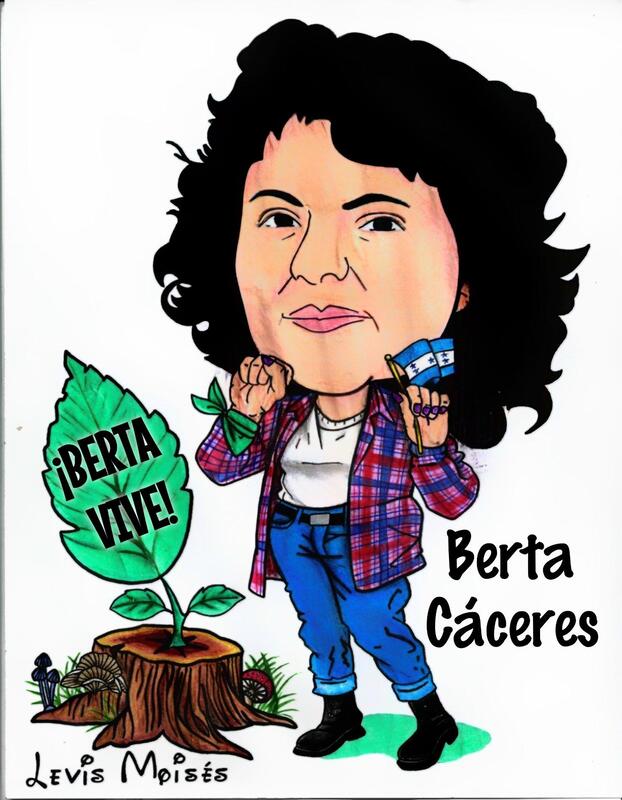

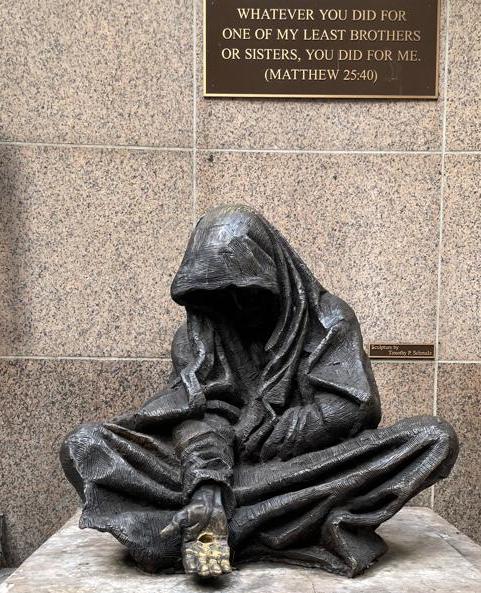

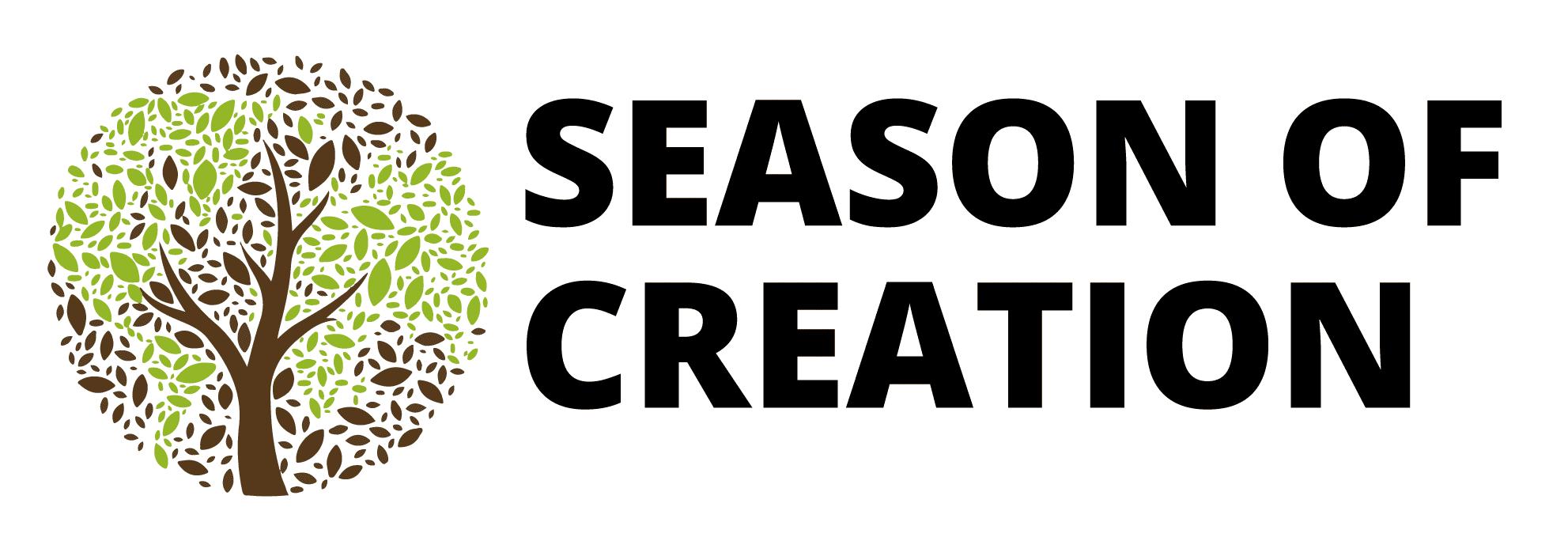

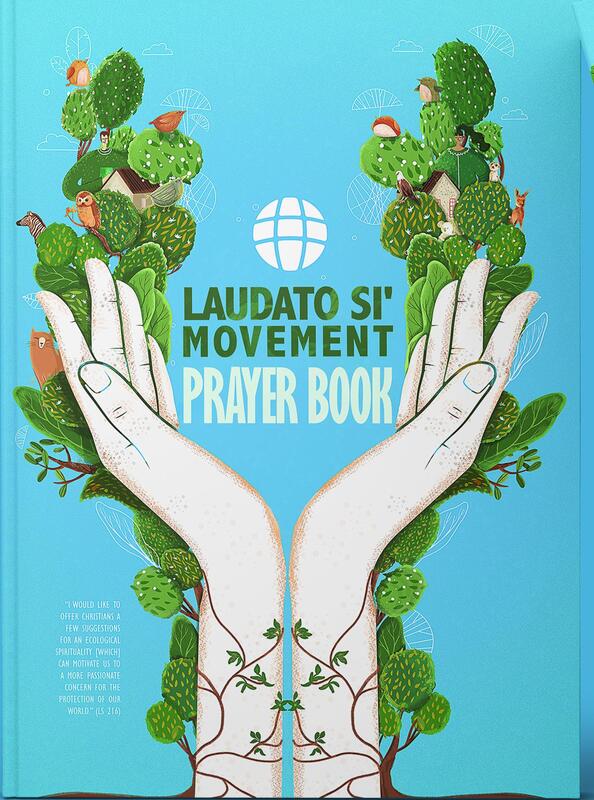
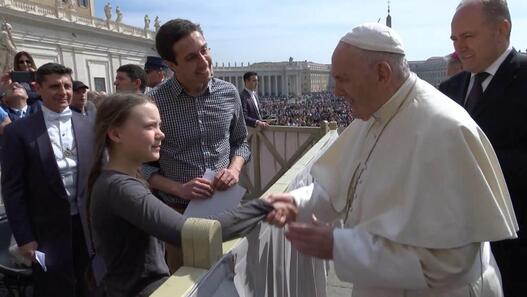
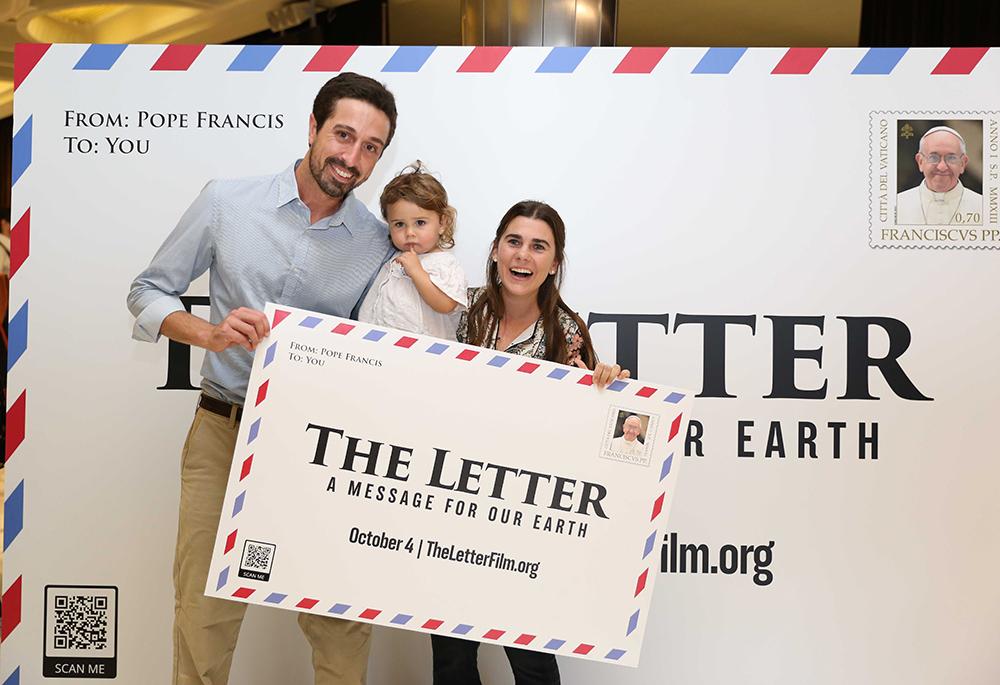


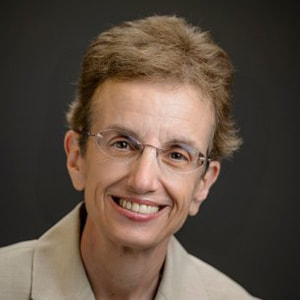
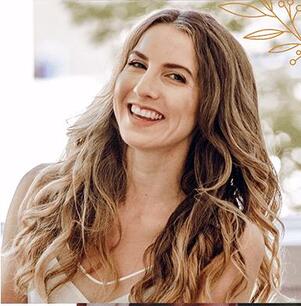
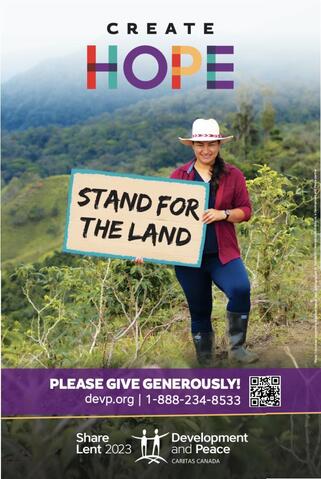

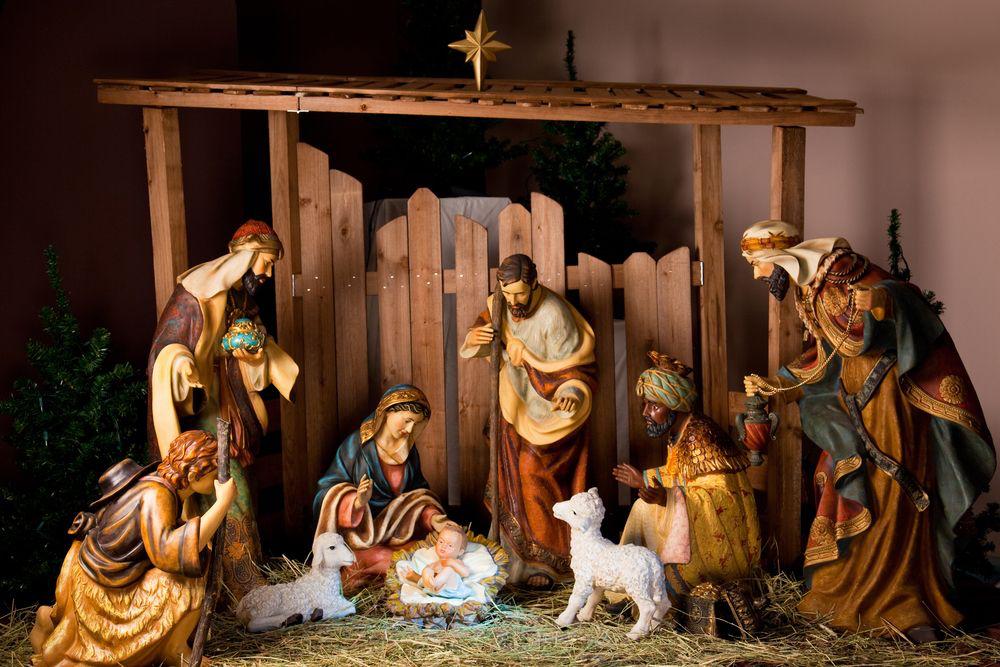
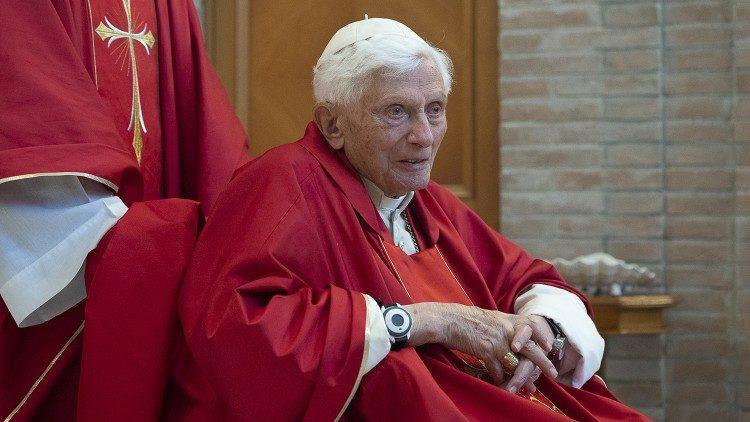
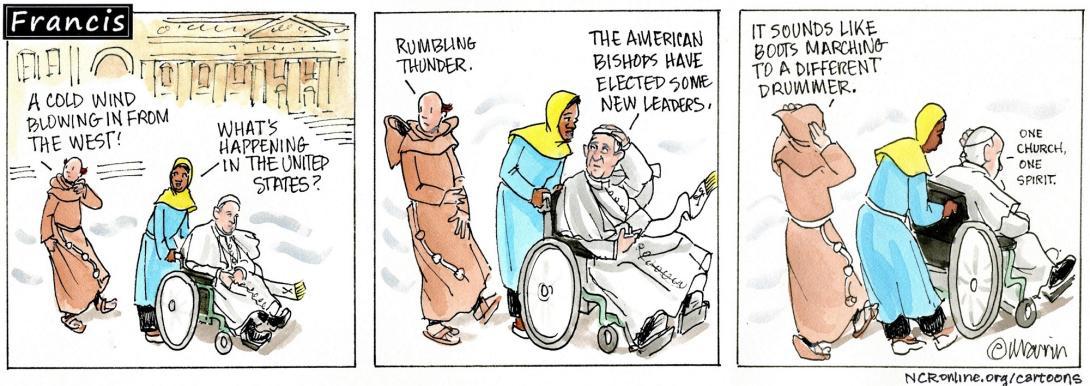


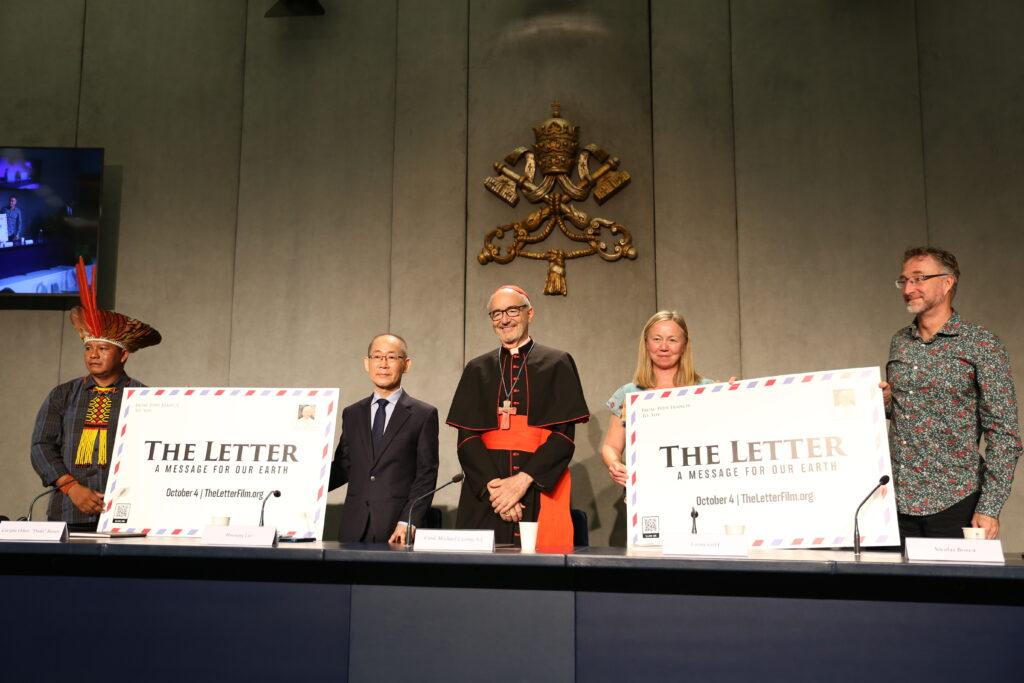
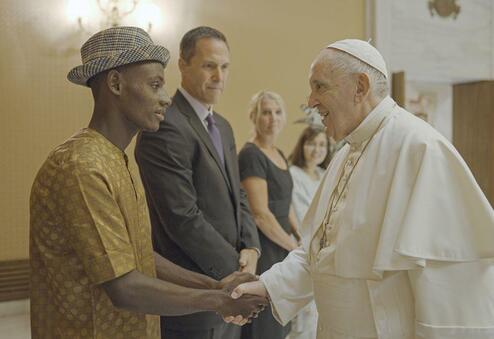
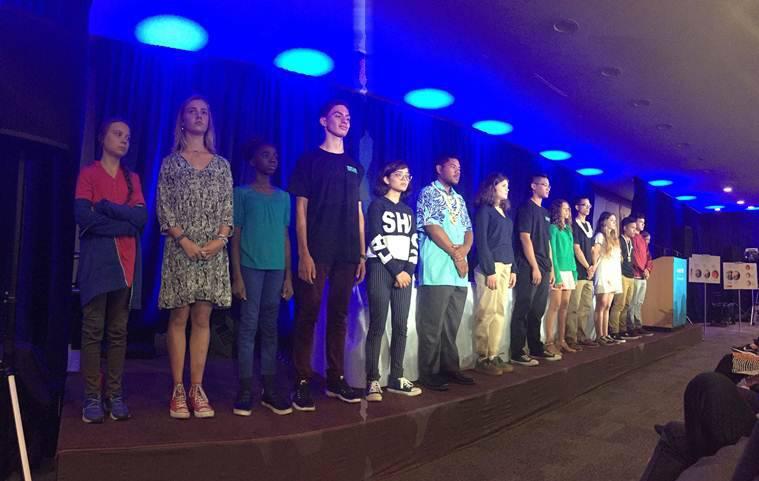


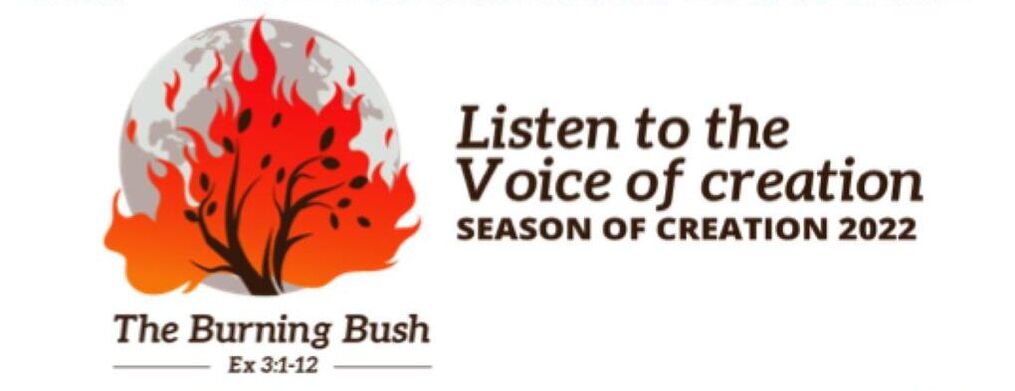
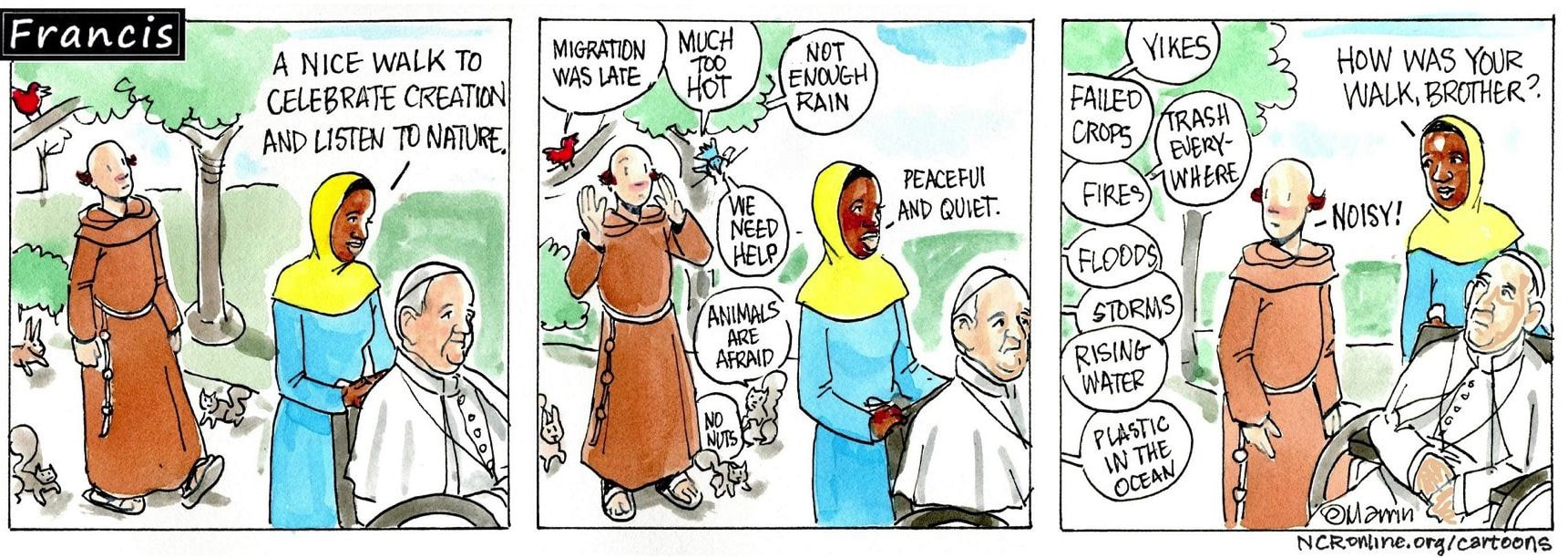
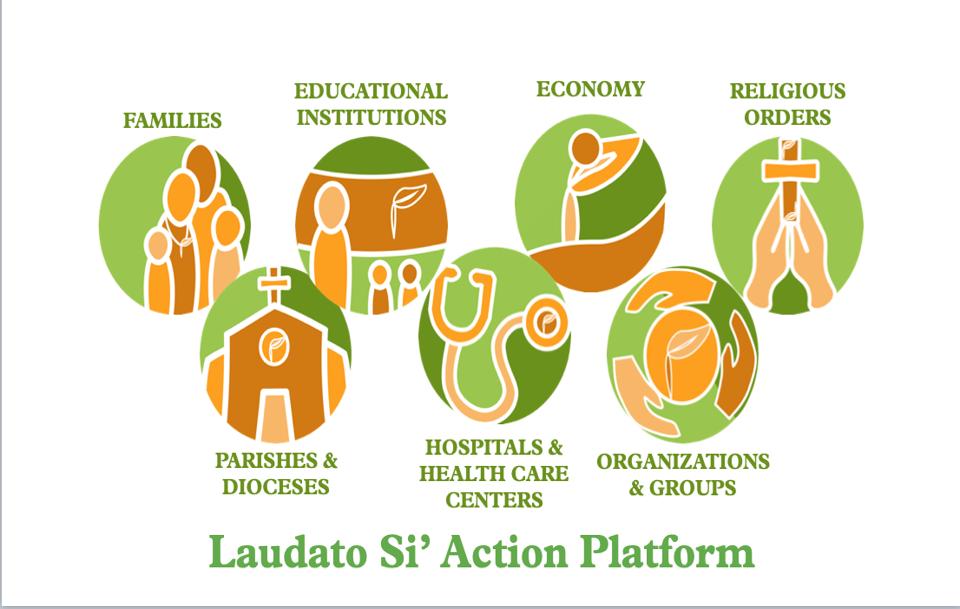
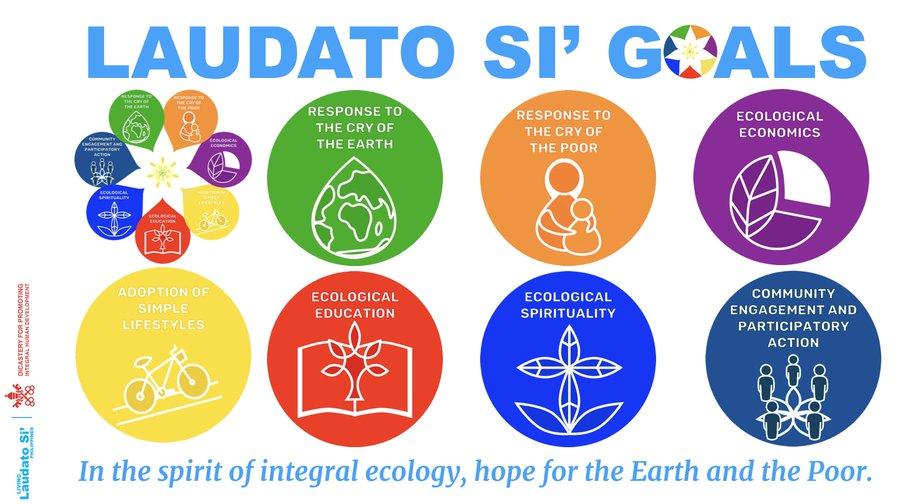
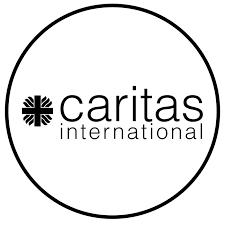
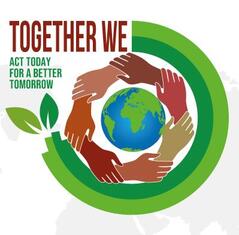

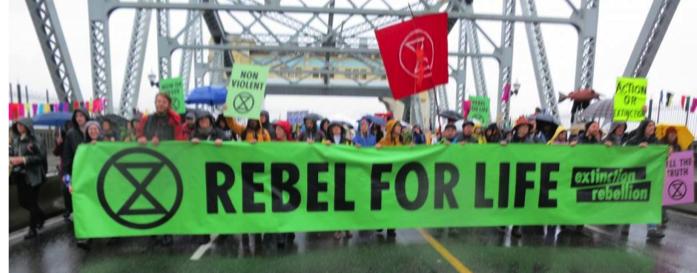
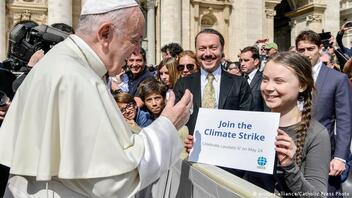
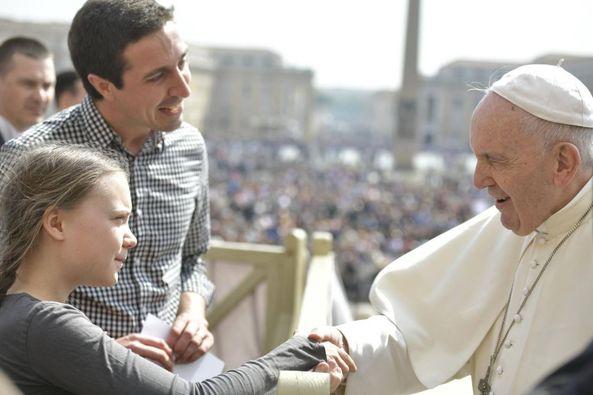
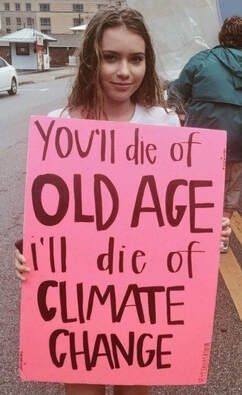
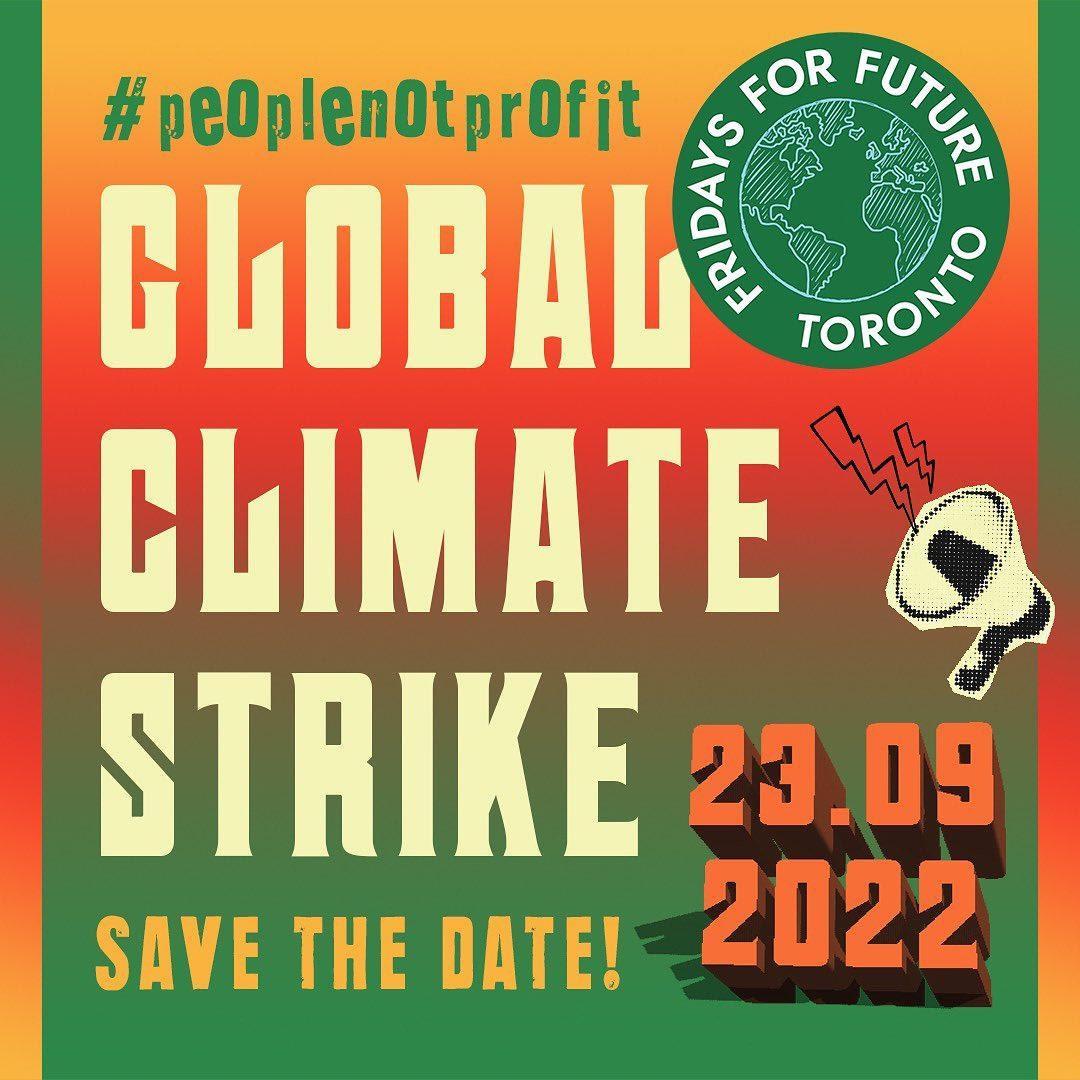
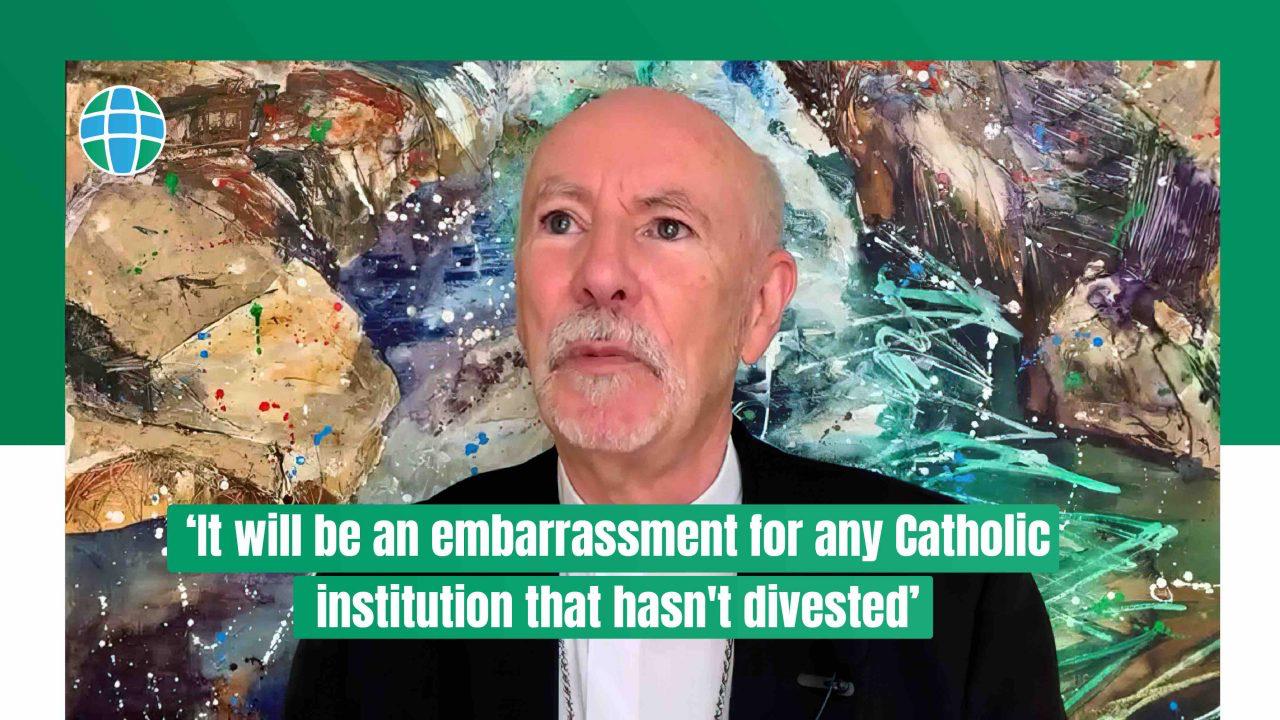
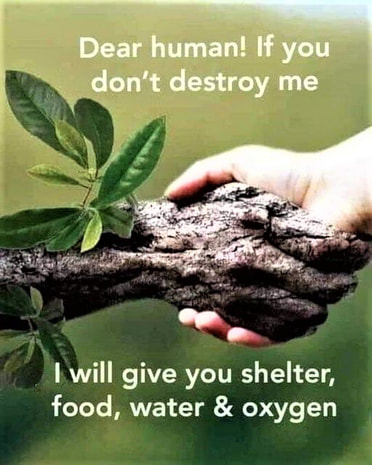



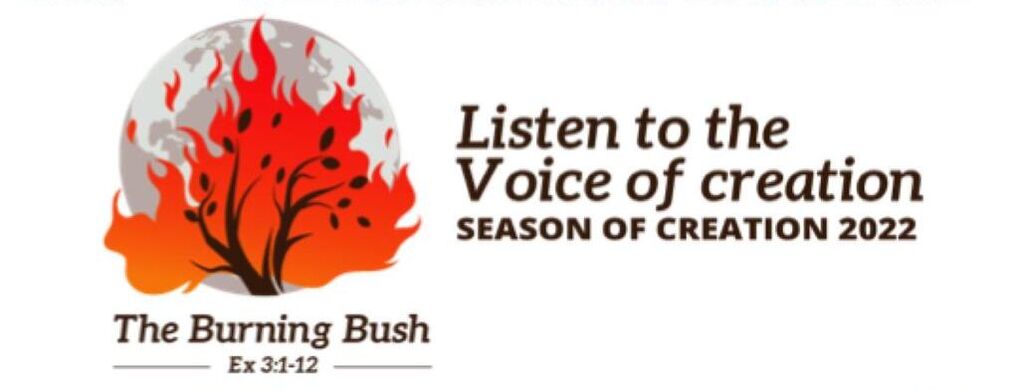
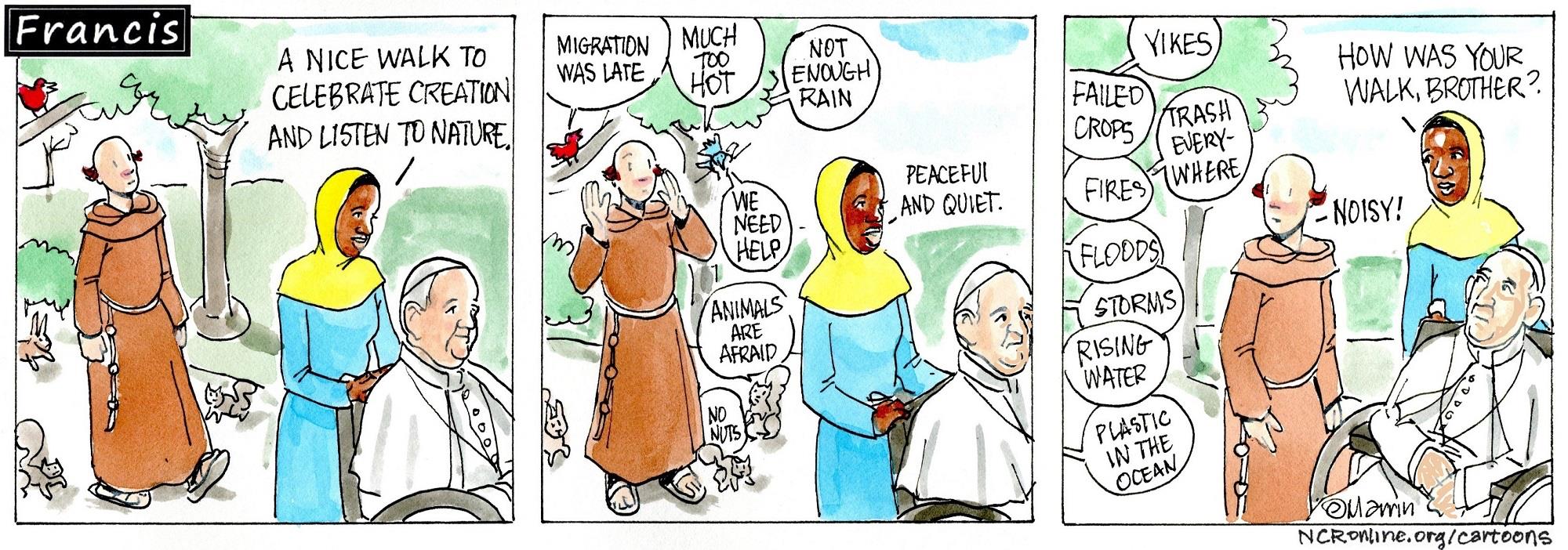
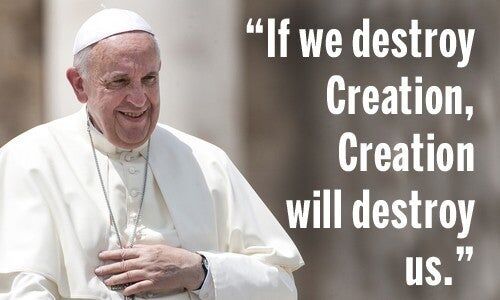
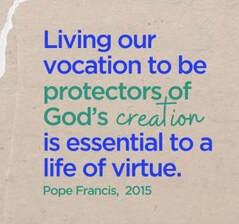
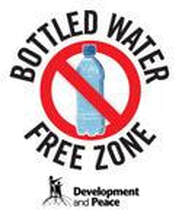
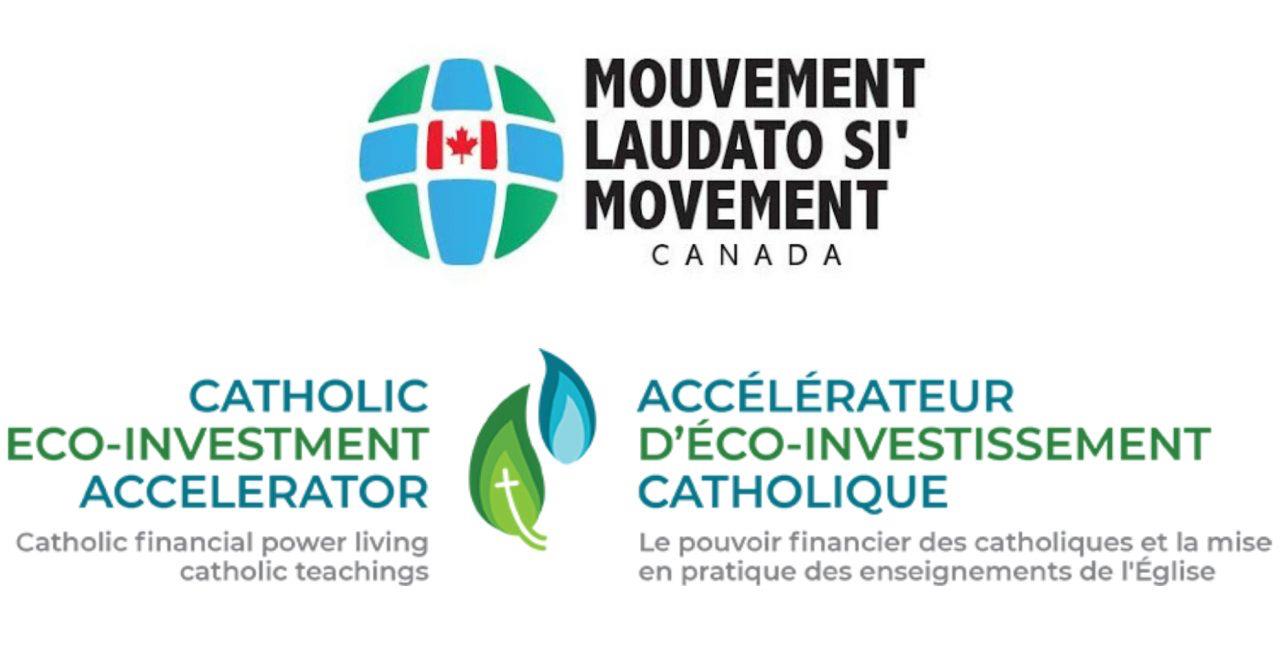
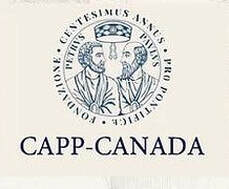

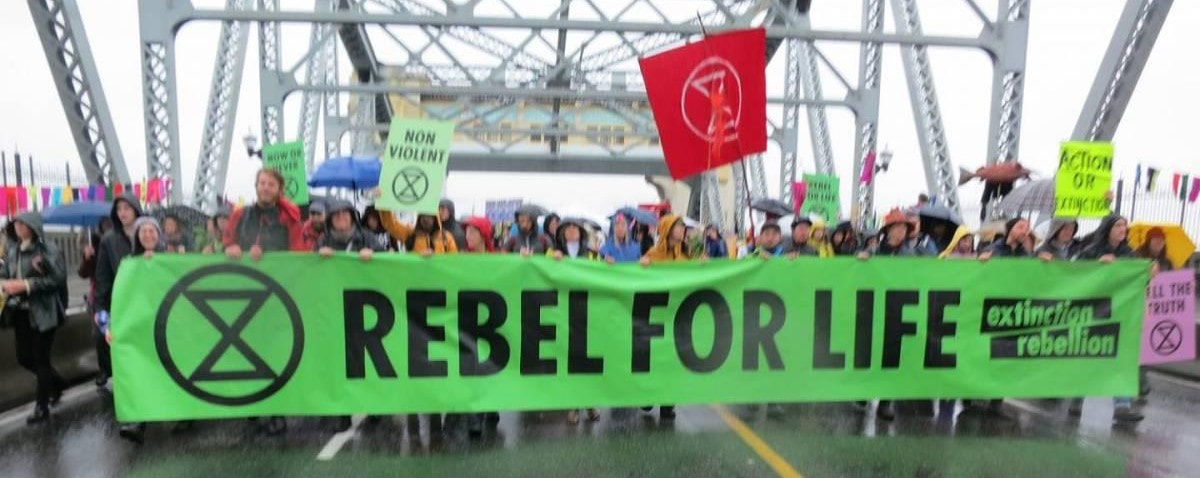
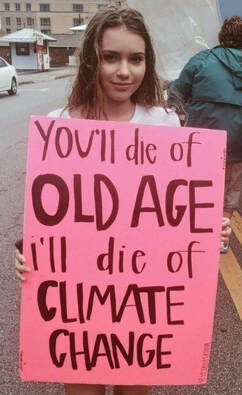
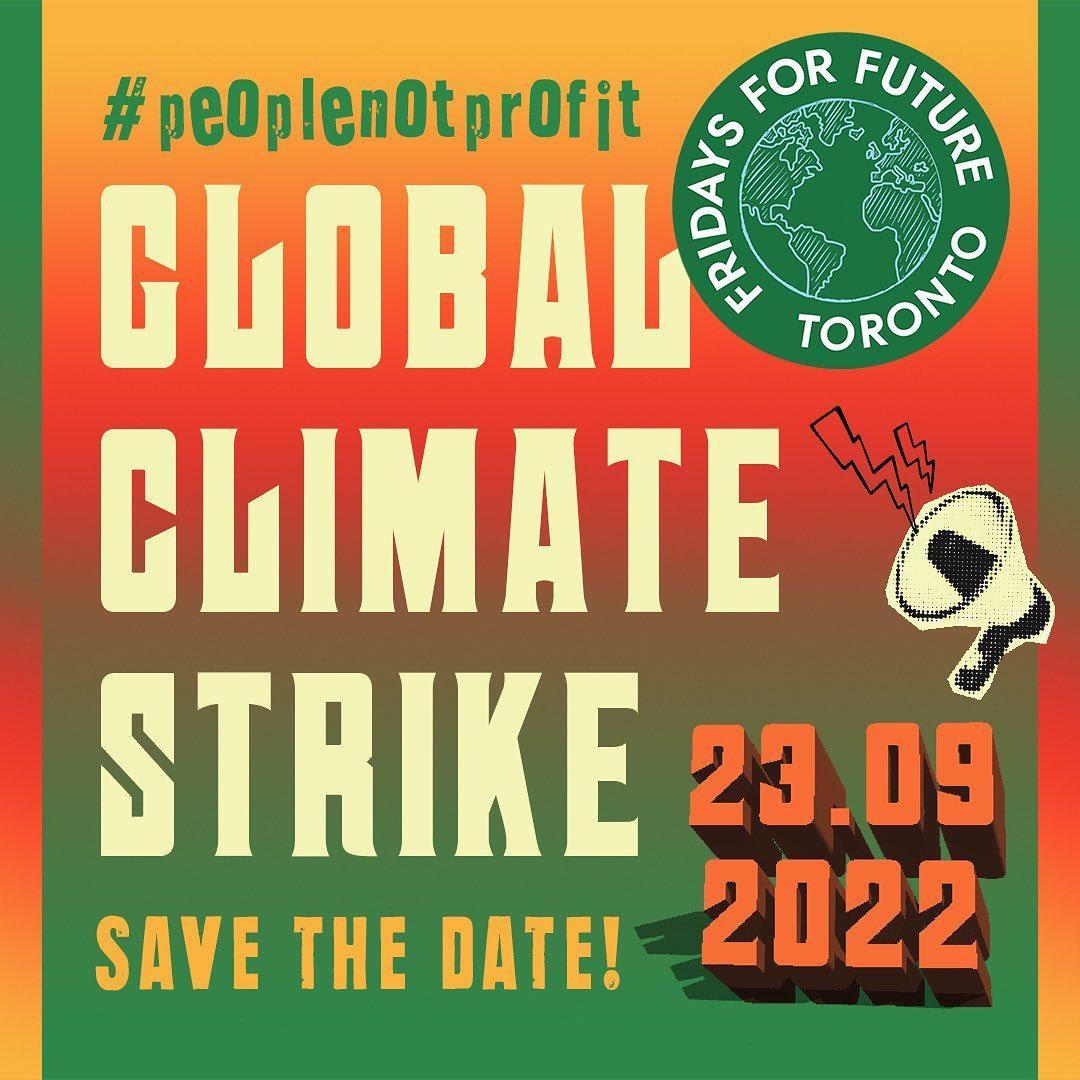
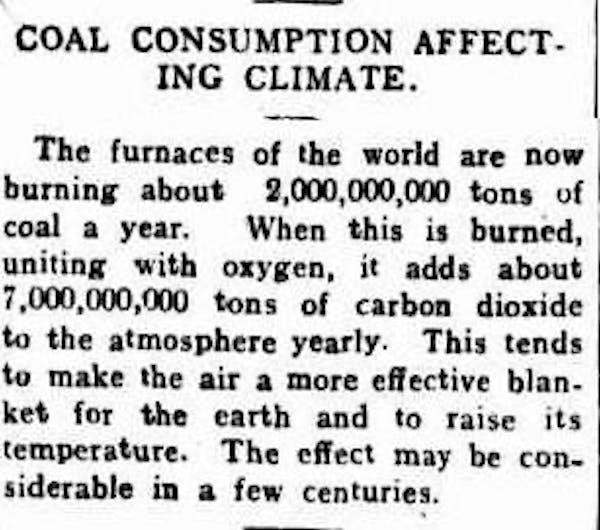
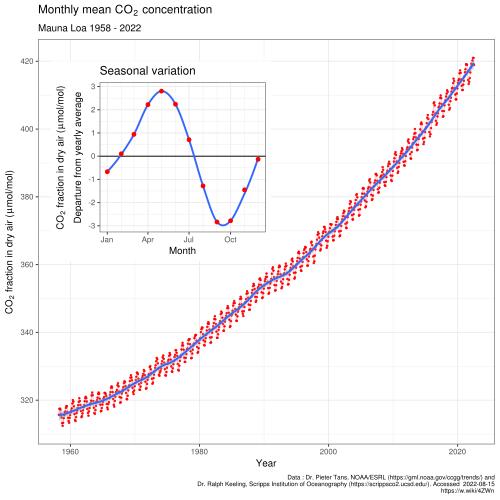
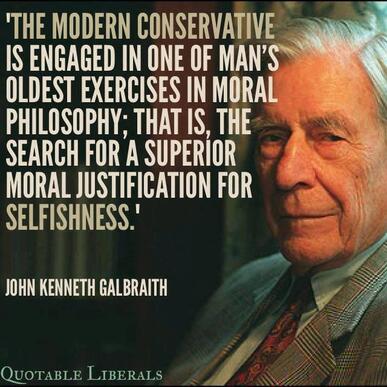
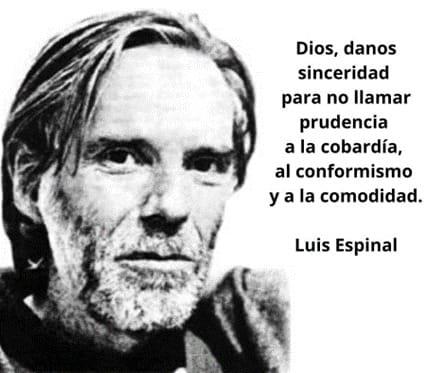
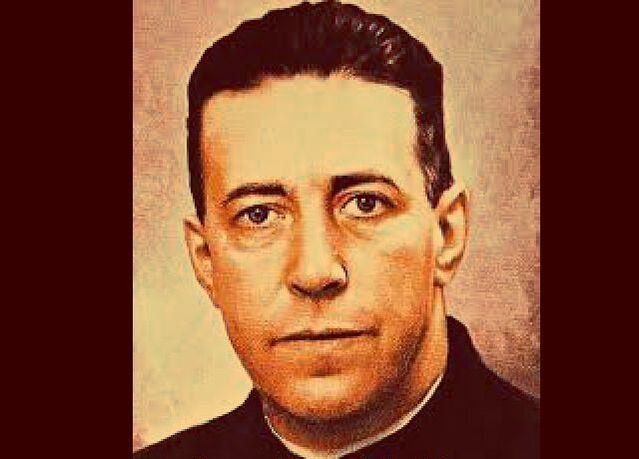
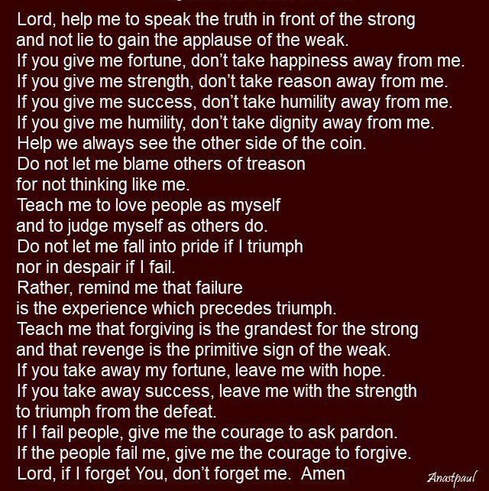
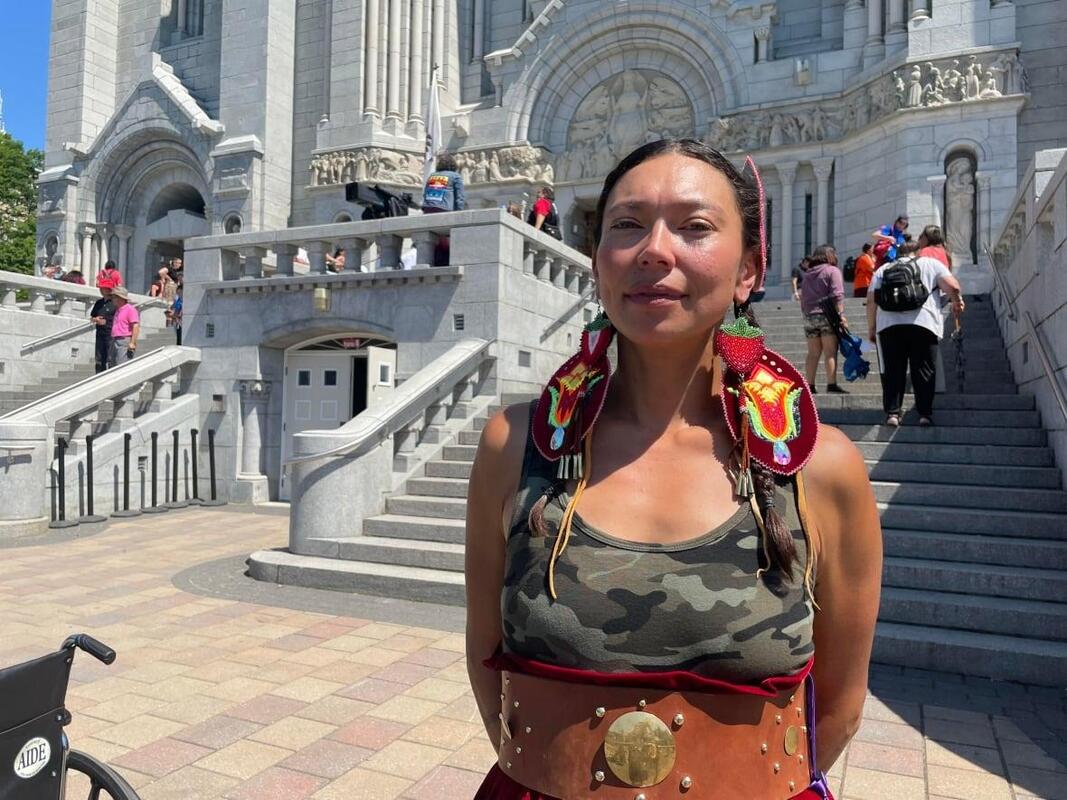
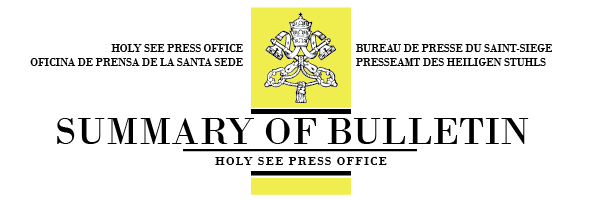
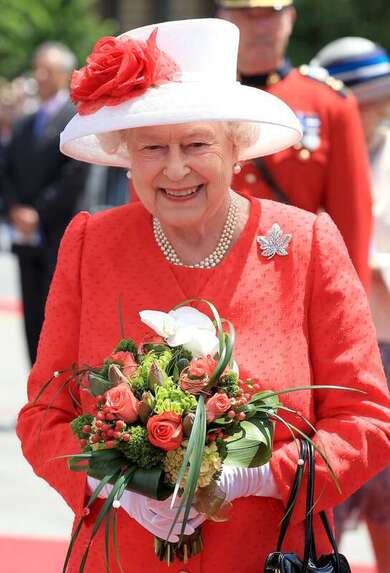

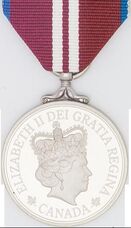

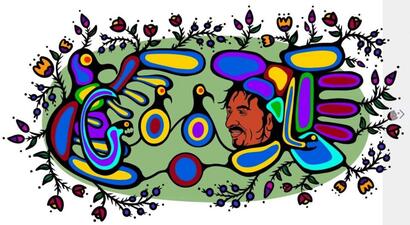

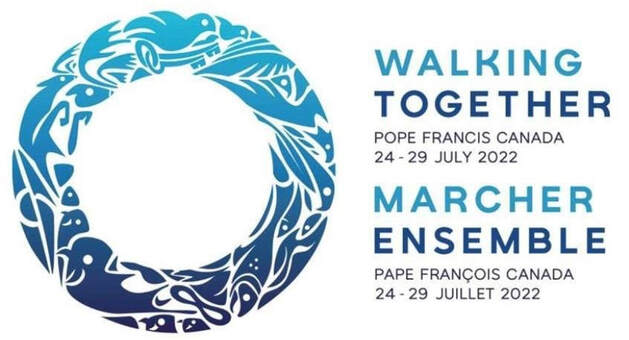
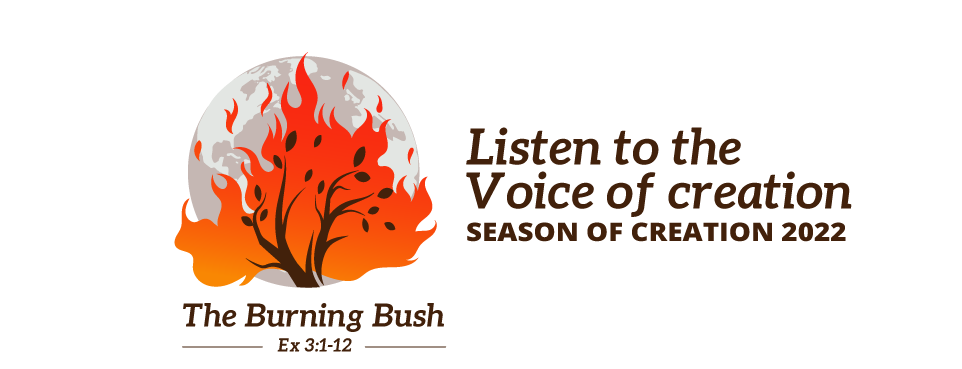
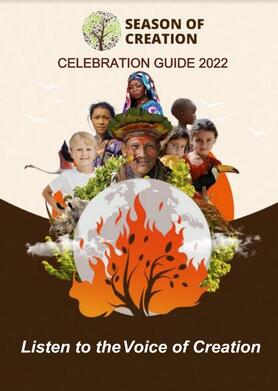
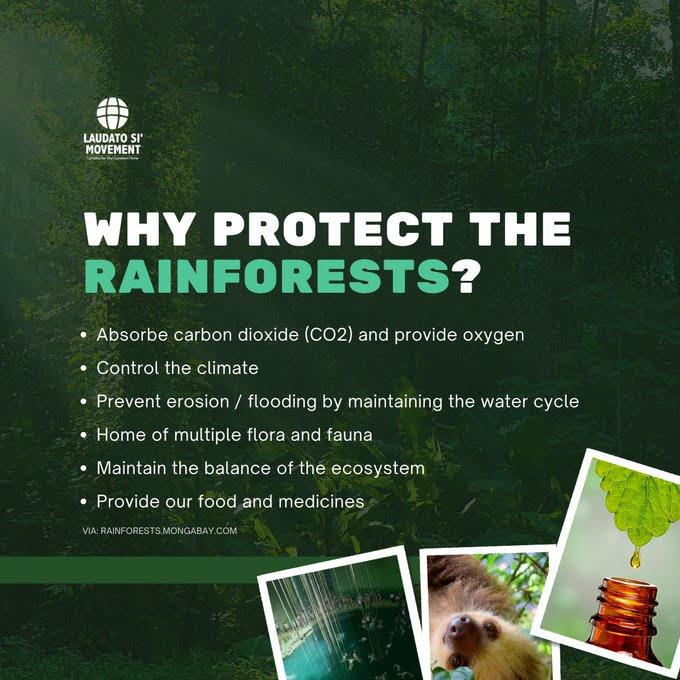
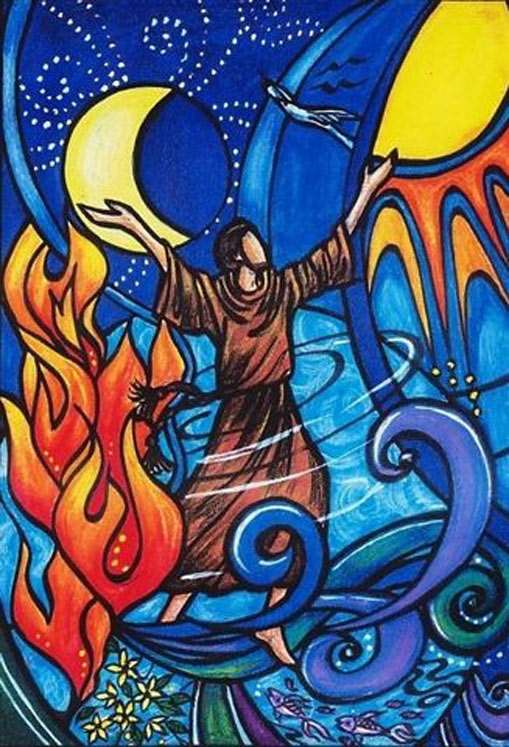

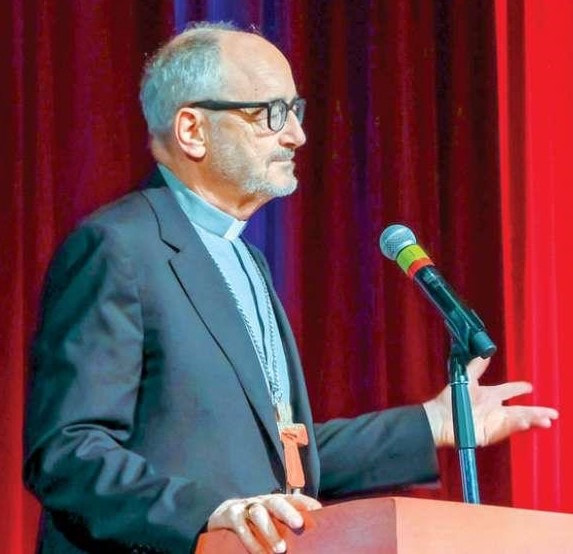
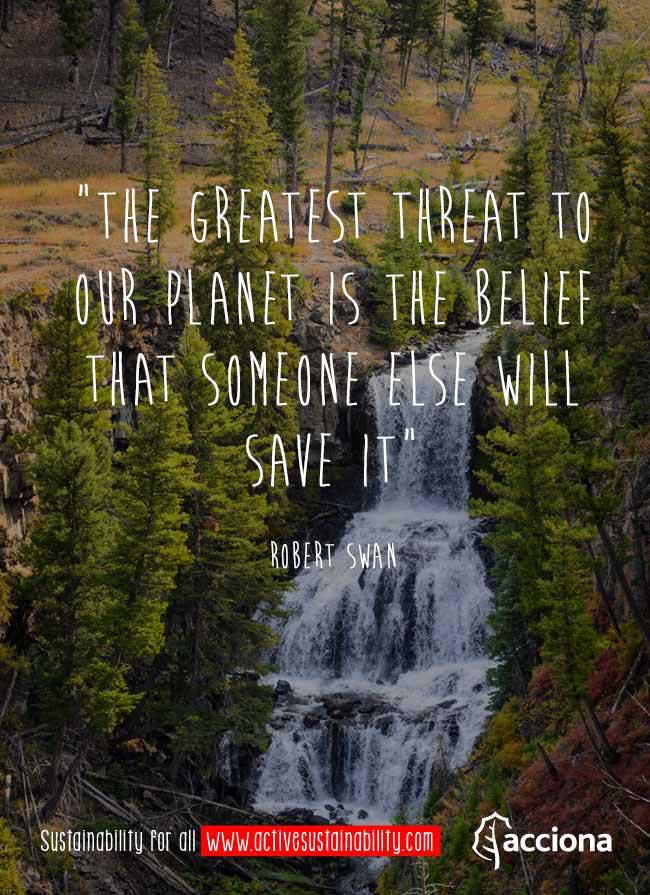
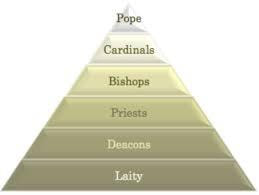




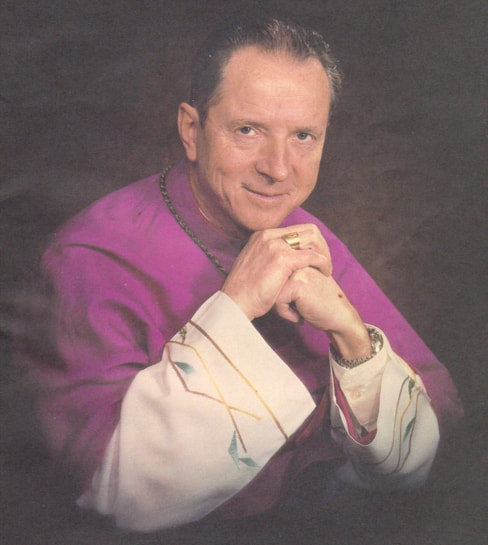
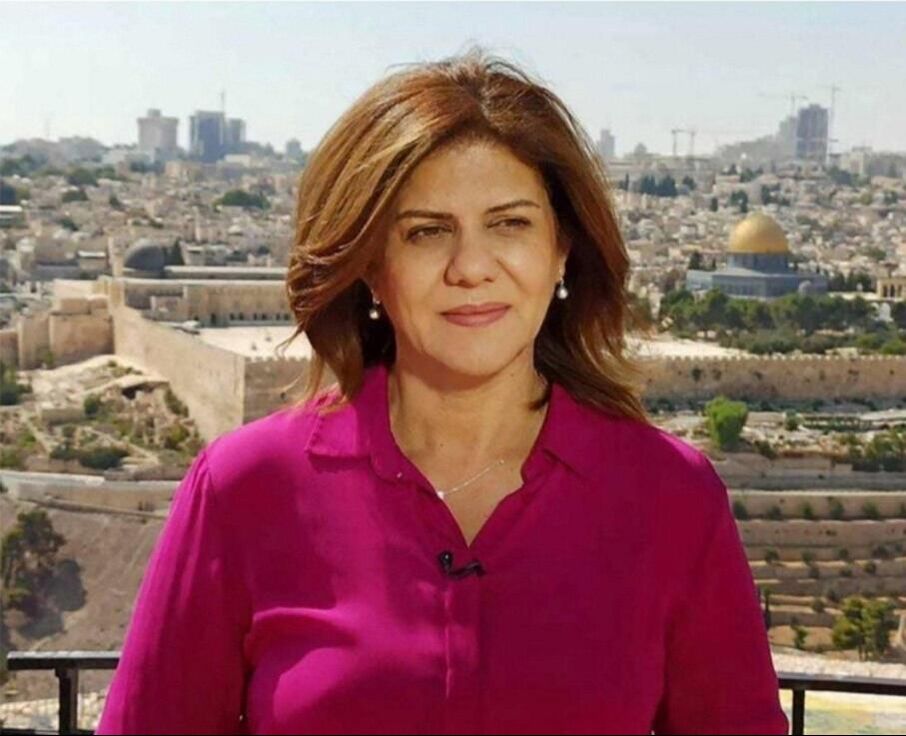
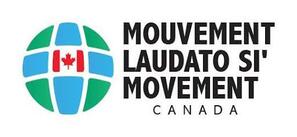
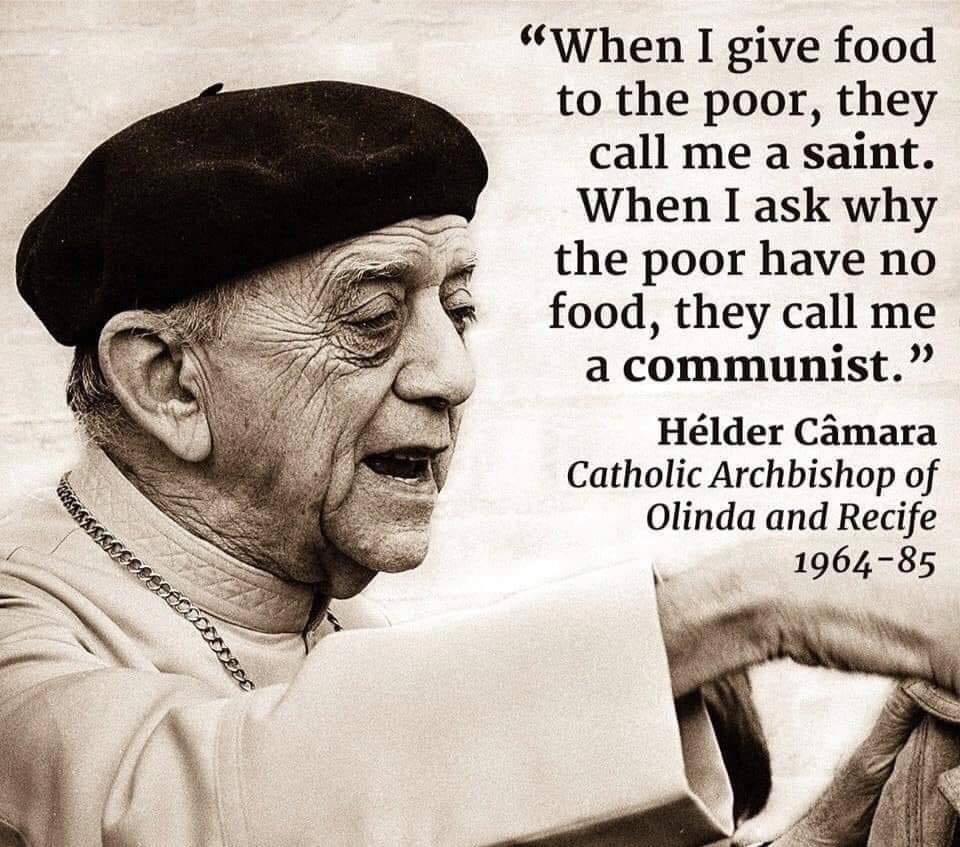
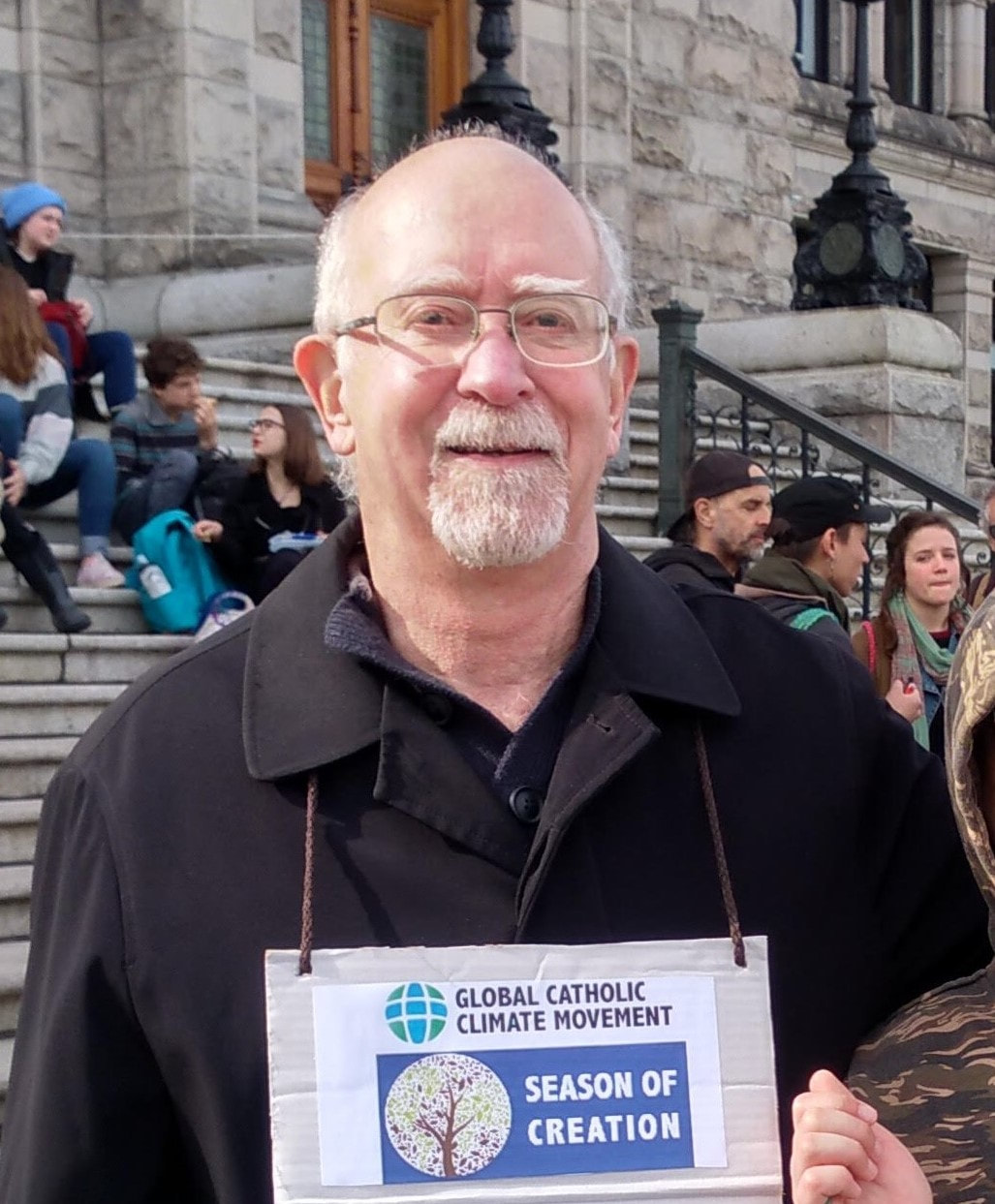

 RSS Feed
RSS Feed